To start with, here are the bittings of the two keys to be used in this core…
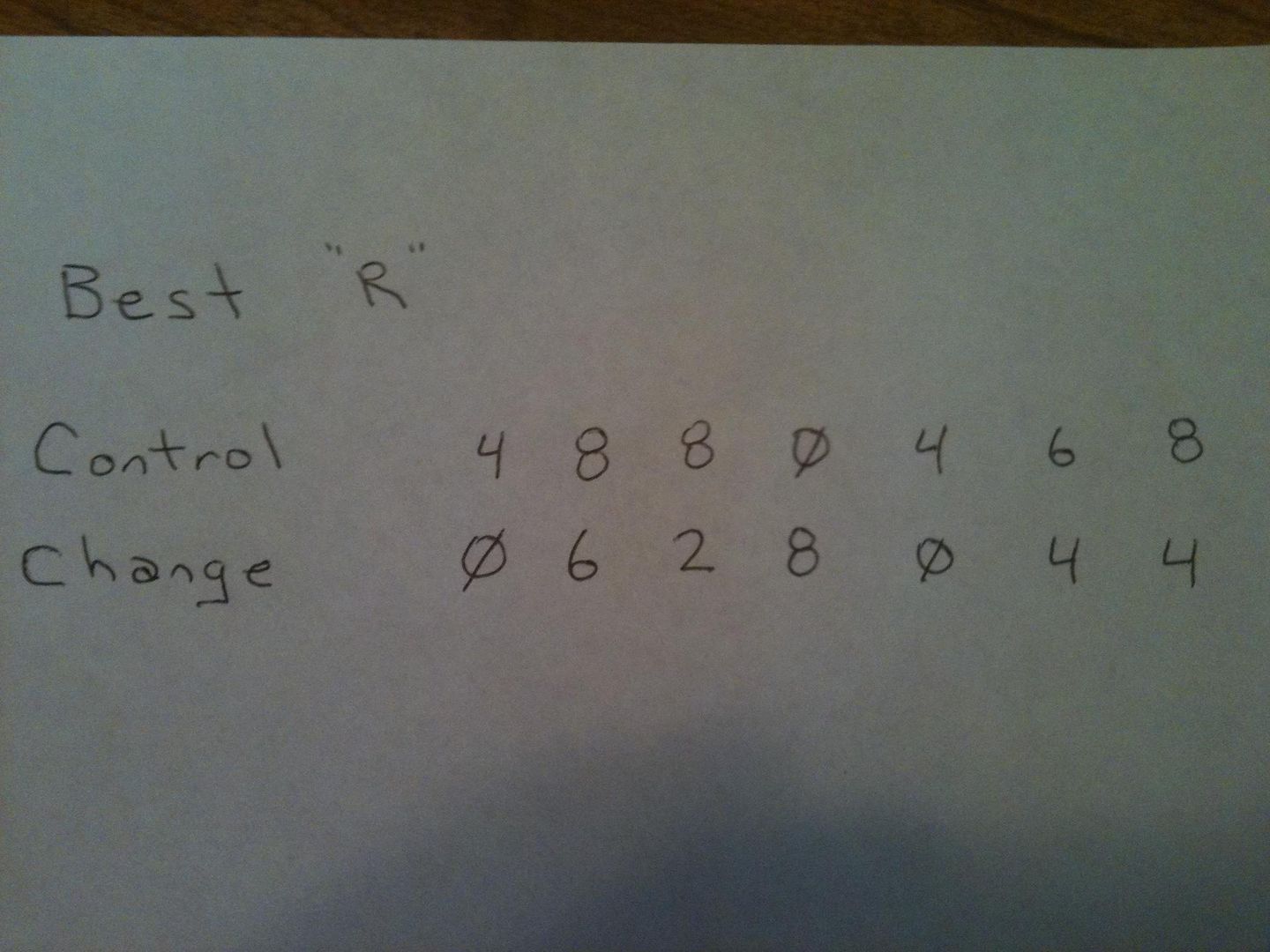
For those not familiar with the terms, a control key is used strictly to remove the lock core. A change key (also known as an operating key) is used to unlock or lock the core, but will not remove the core.
SFIC locks use a tip-stopped key. The bottom of the key has a flat tip that stops the key from entering further into the lock core. Due to this, the bittings are numbered from the tip of the key to the bow, instead of the other way as in many other locks.
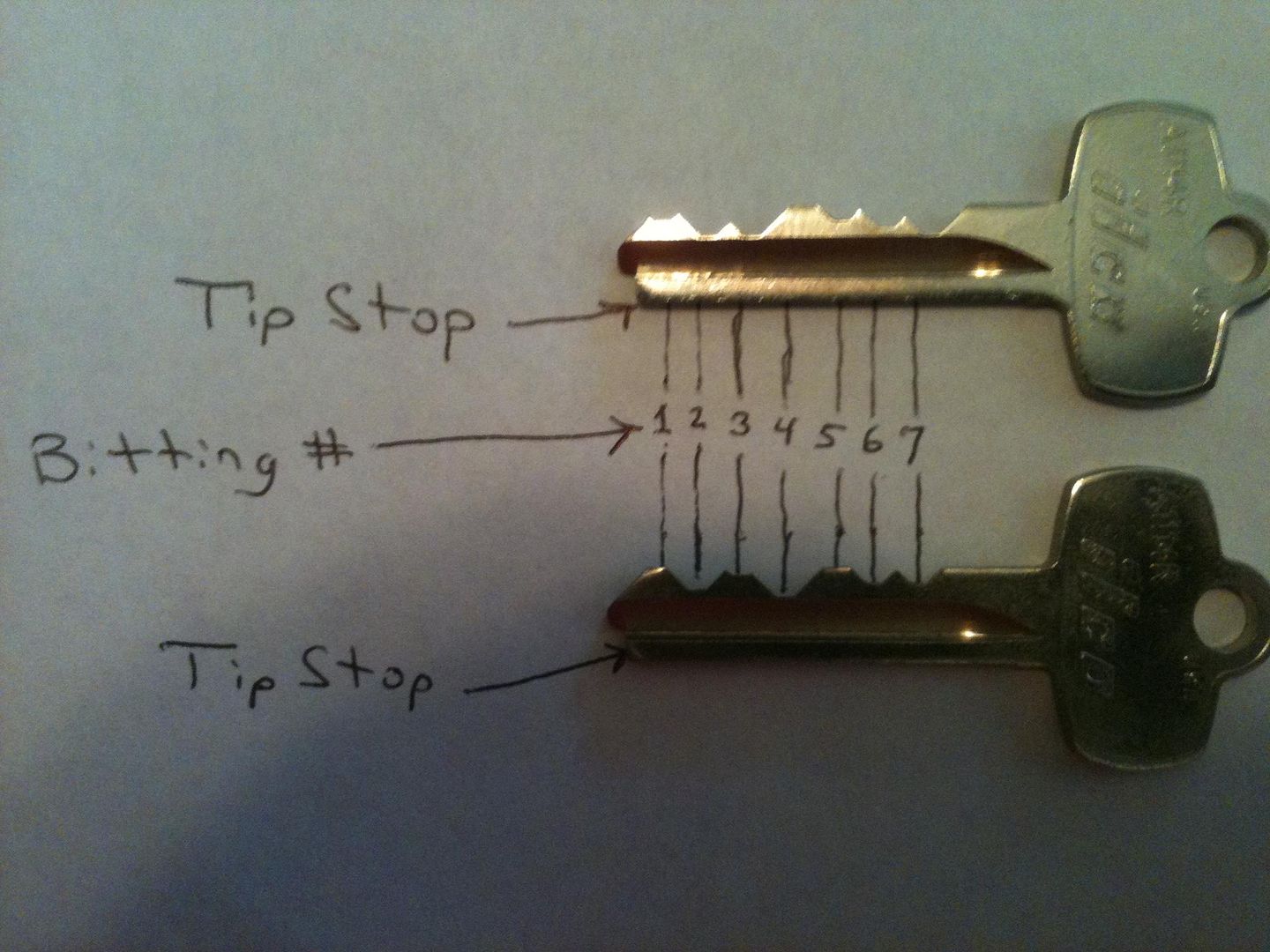
Here is another key. This one is for a 5 pin lock.
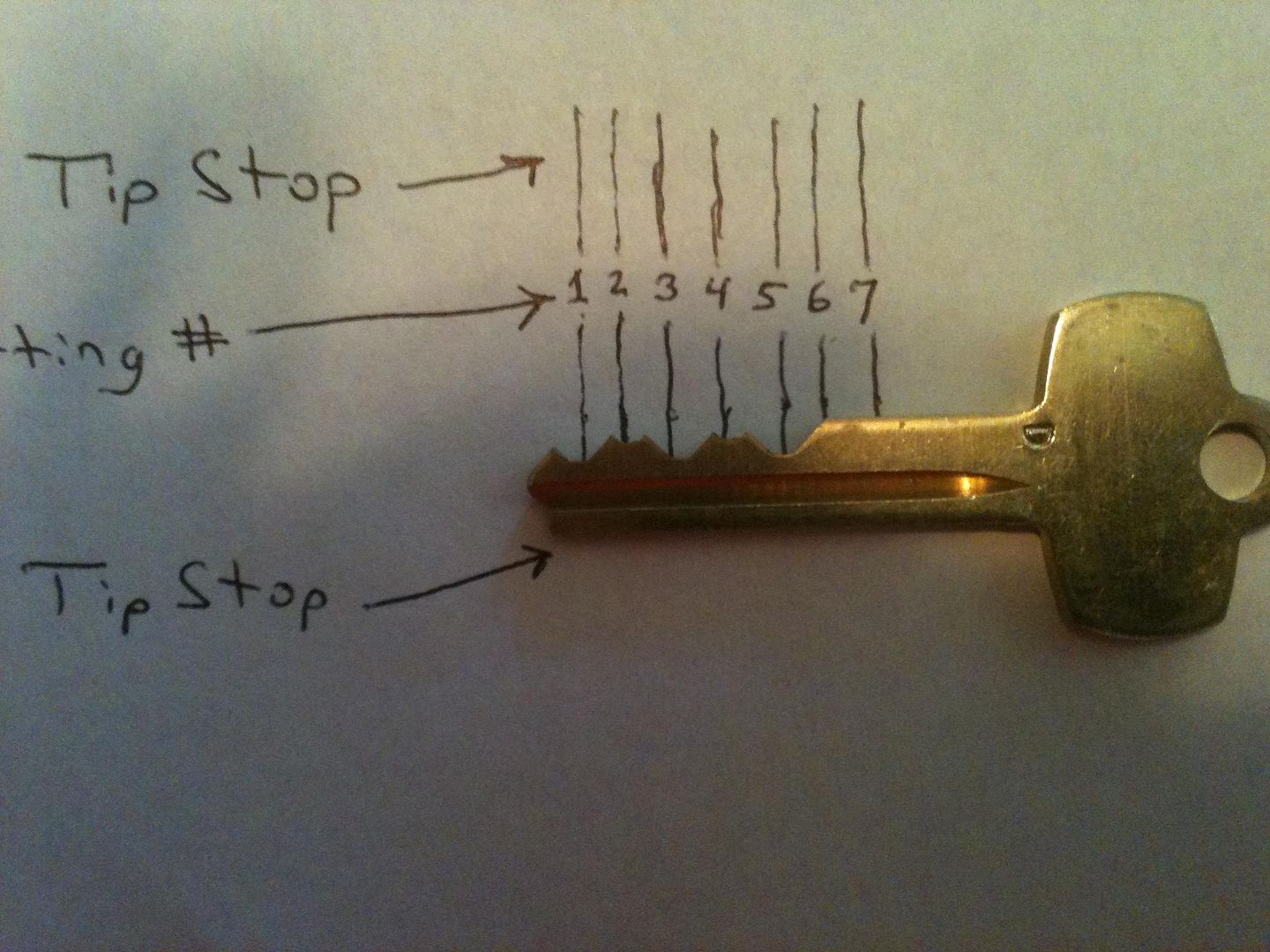
The SFIC keys are made so they can be cut further from the tip to make them usable in 5, 6 or 7 pin locks. For example, the key above could be used in a five pin core with the bitting 84848, a six pin core with the bitting 848480, or a seven pin core with the bitting 8484800.
There are two sheer lines in a SFIC, as opposed to a standard lock. The operating sheer line is closest to the key, and the control sheer line is further from the key. The difference between the two sheer lines is .125”. This greatly complicates pinning these cores, and will not go into greater detail right now. Will keep this ‘simple’, and not address master keying at this time.
Why no extra detail at this time? Well, here is an example. Here is the pinning chart for the pins in each chamber of the core as required for the change key and the control key…
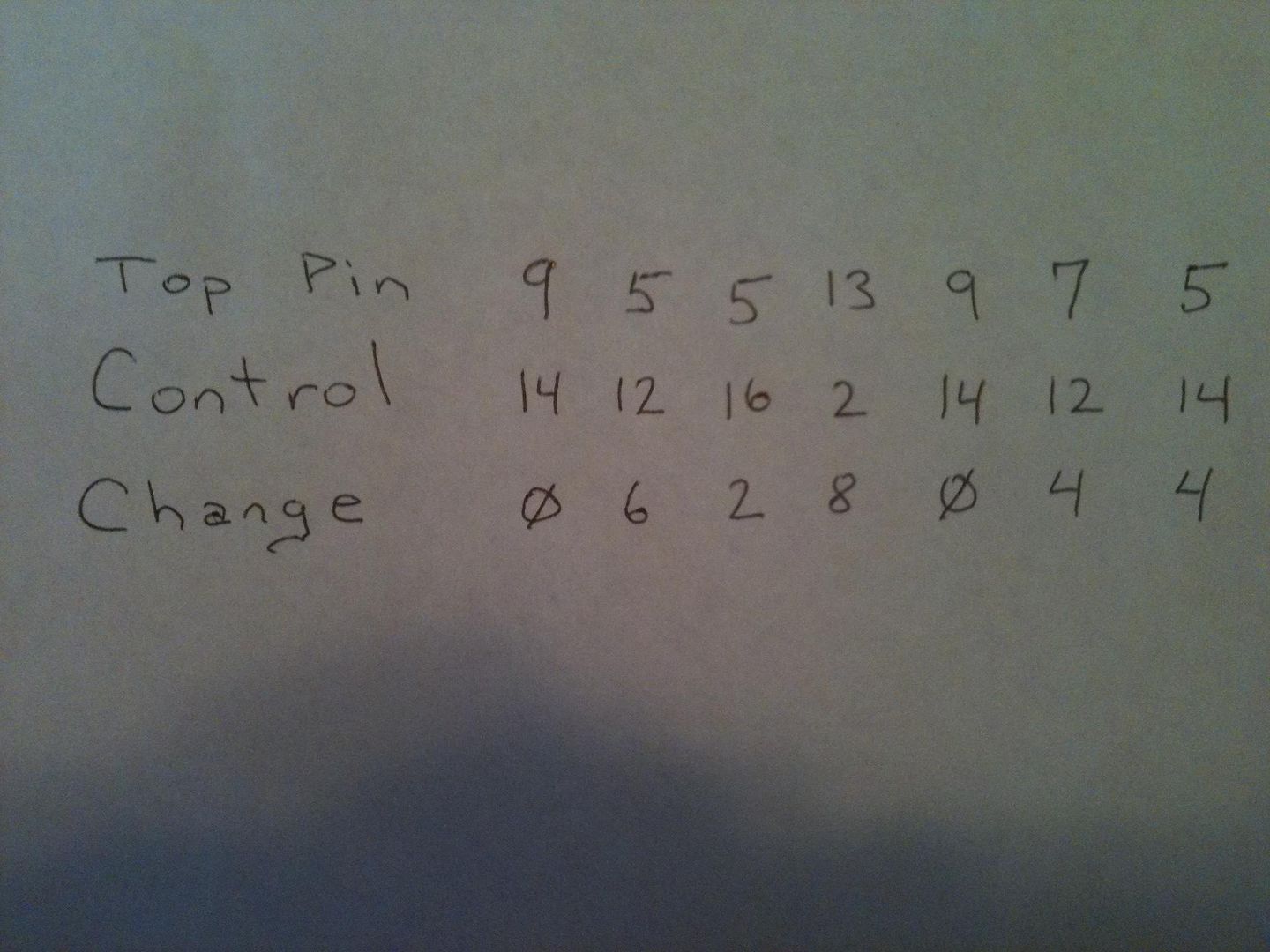
Here are the pins in the chart above. The pins are upside down from the way they will be in the lock core. Have found this to be an easier way to load the cores.
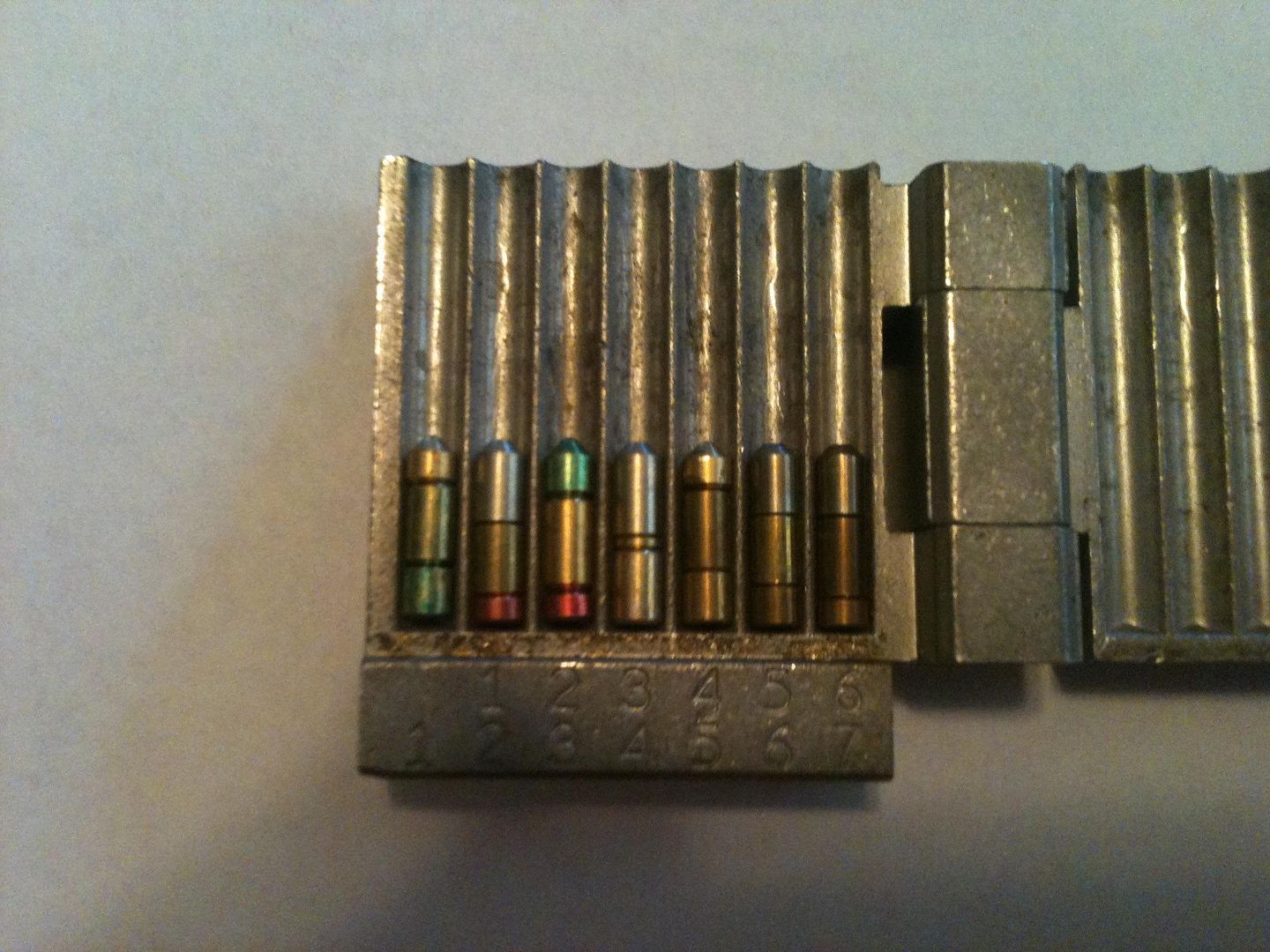
Here you can see the change key will fit the bottom pins (key pins)...
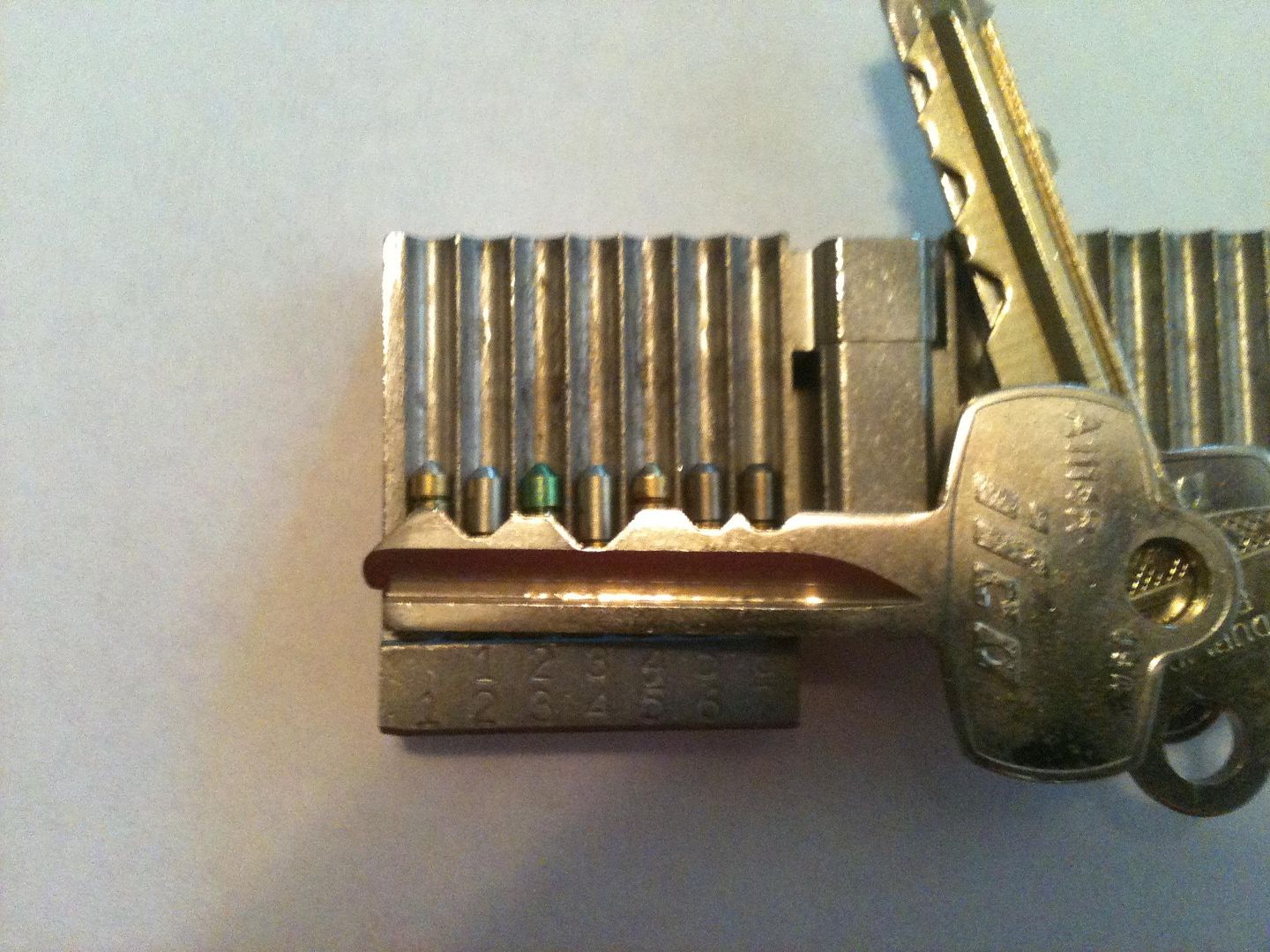
And here is the control key over the pins.
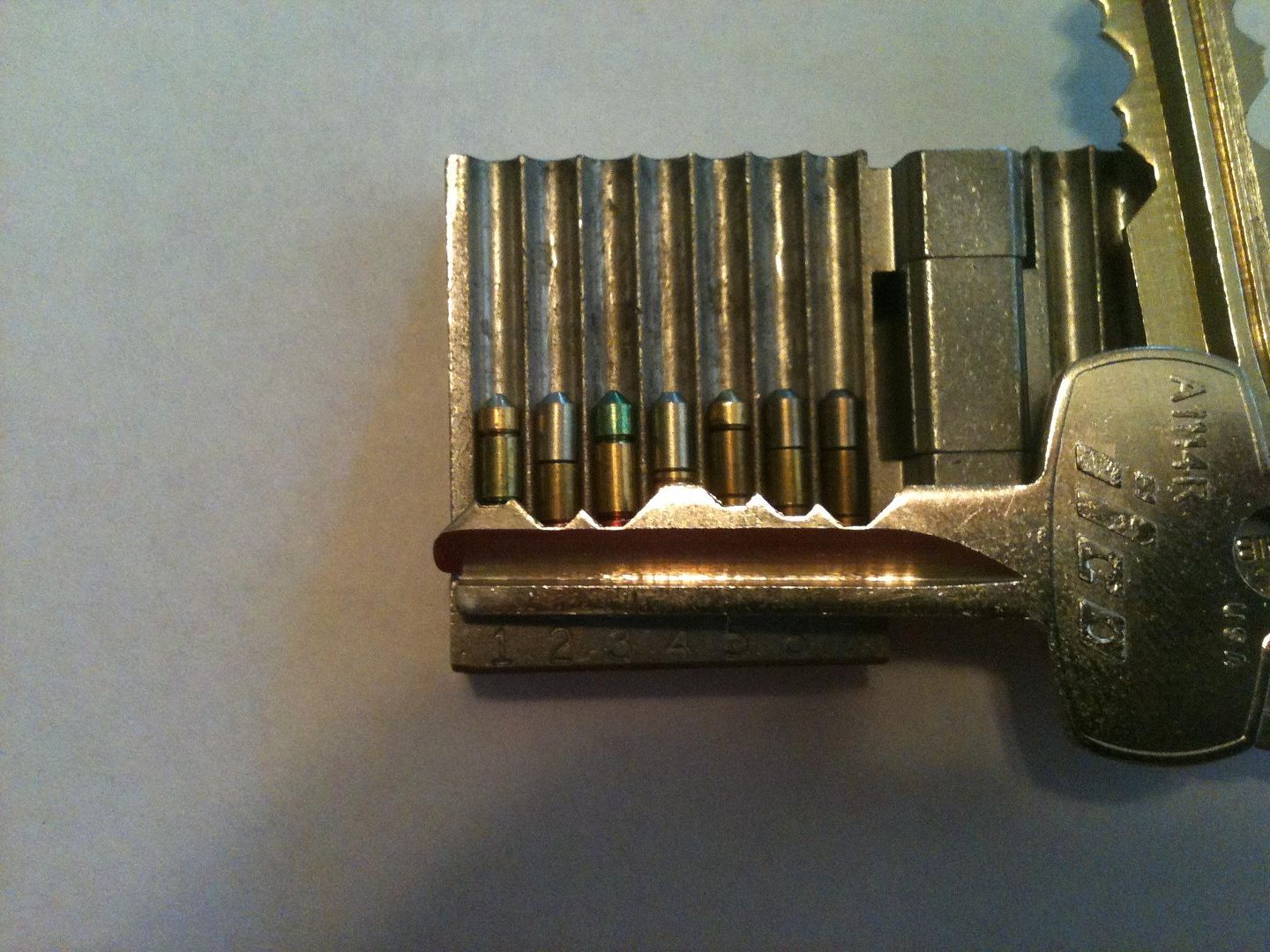
This is a pinning block for SFIC cores. It holds the lock core while you load the pins…
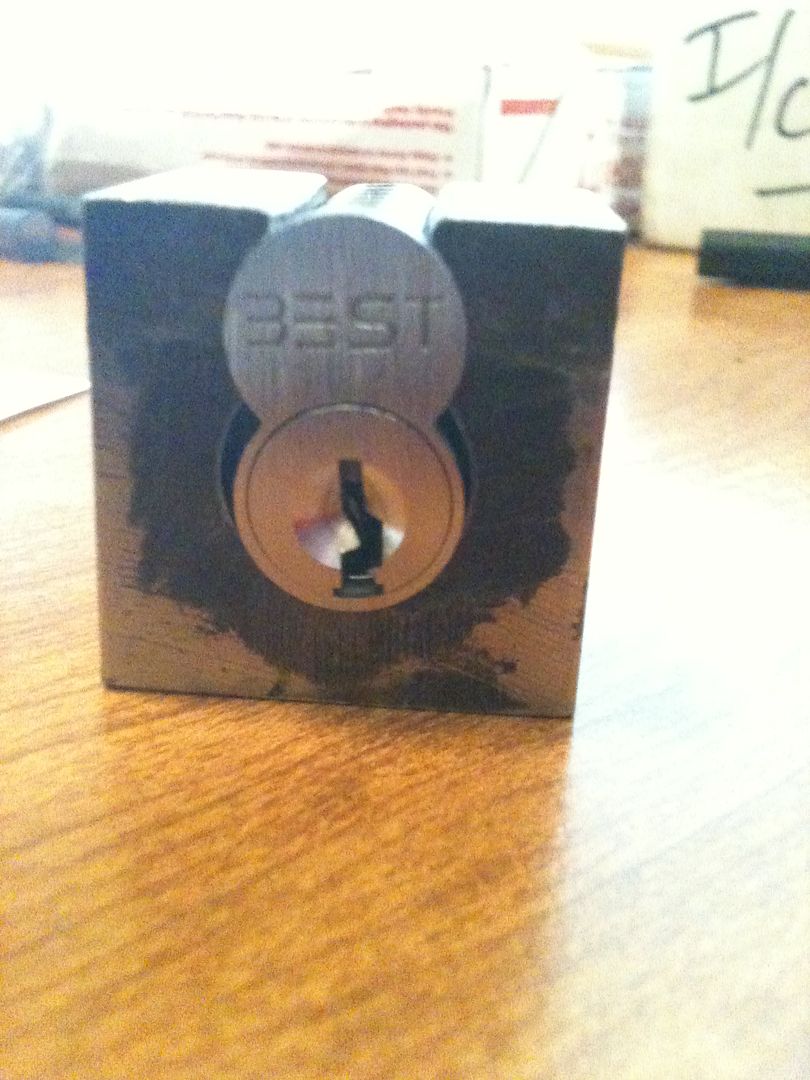
It is best to test the keys and pins before you cap the pin chambers. The pinning block helps with this. Here is the back of the lock core, with the control key inserted, then turned. You can see the control sheer line in the normal position in the first picture…
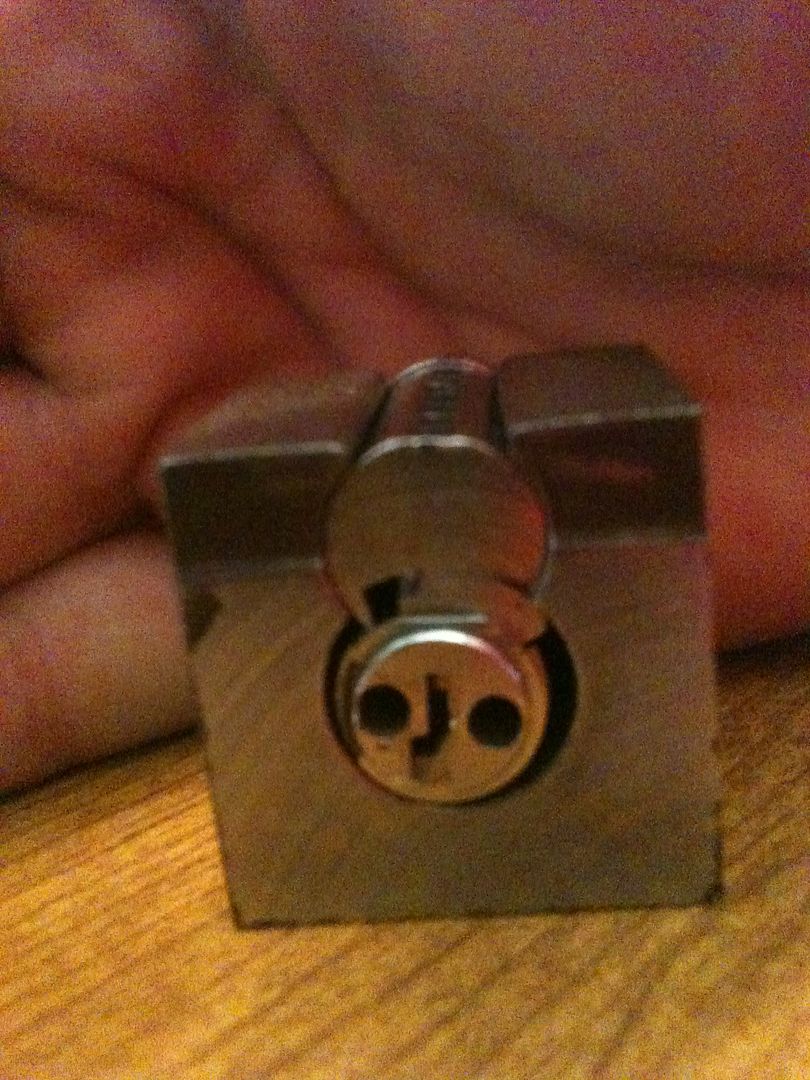
And with the control key turned. If the core were still in the housing, it could now be removed.
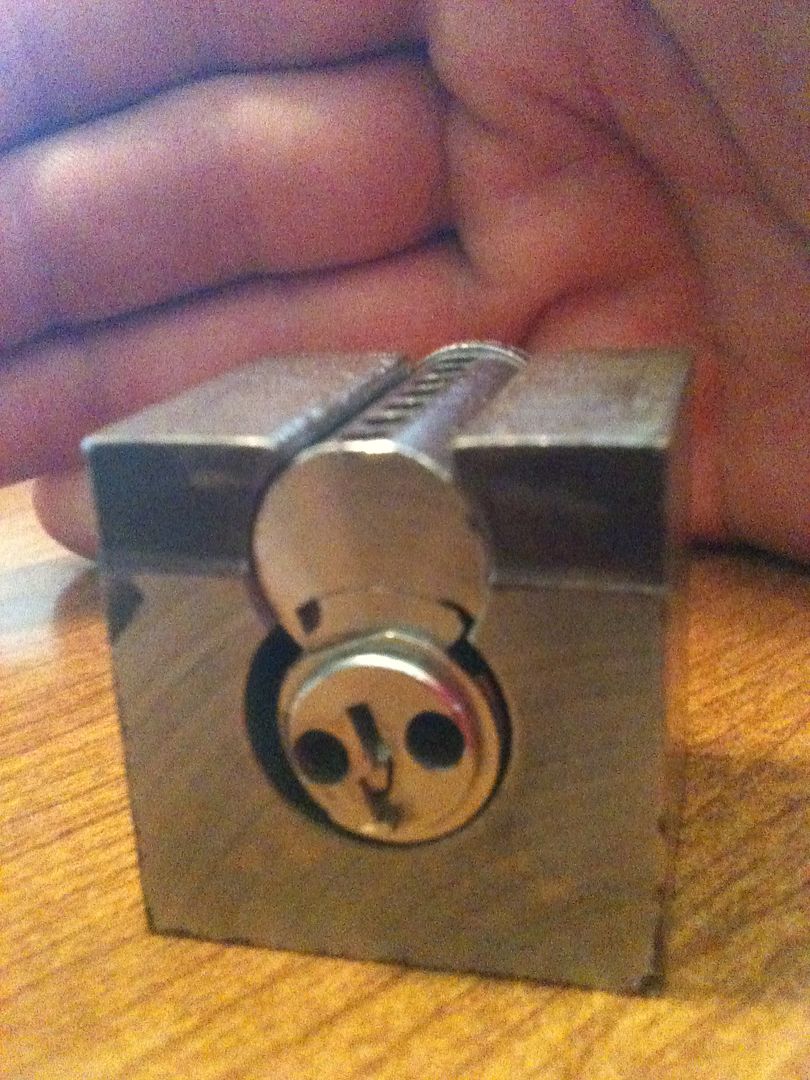
Now the core in normal position with the change (operating) key inserted…
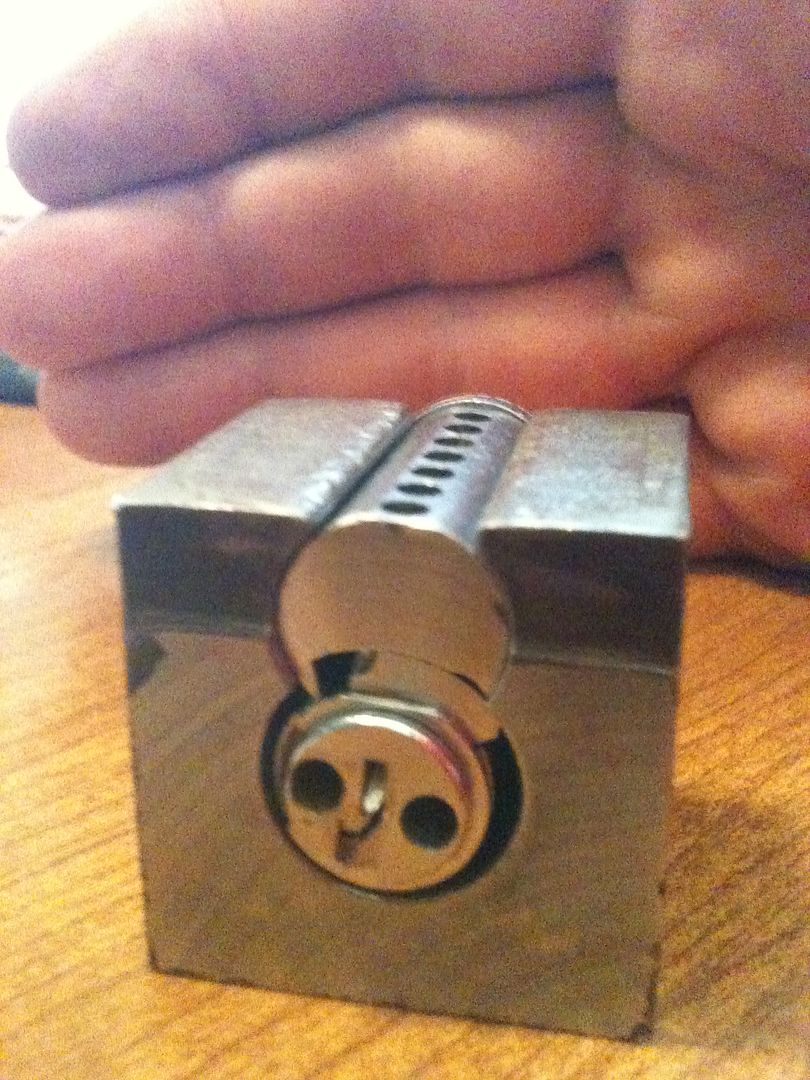
And the change key turned…
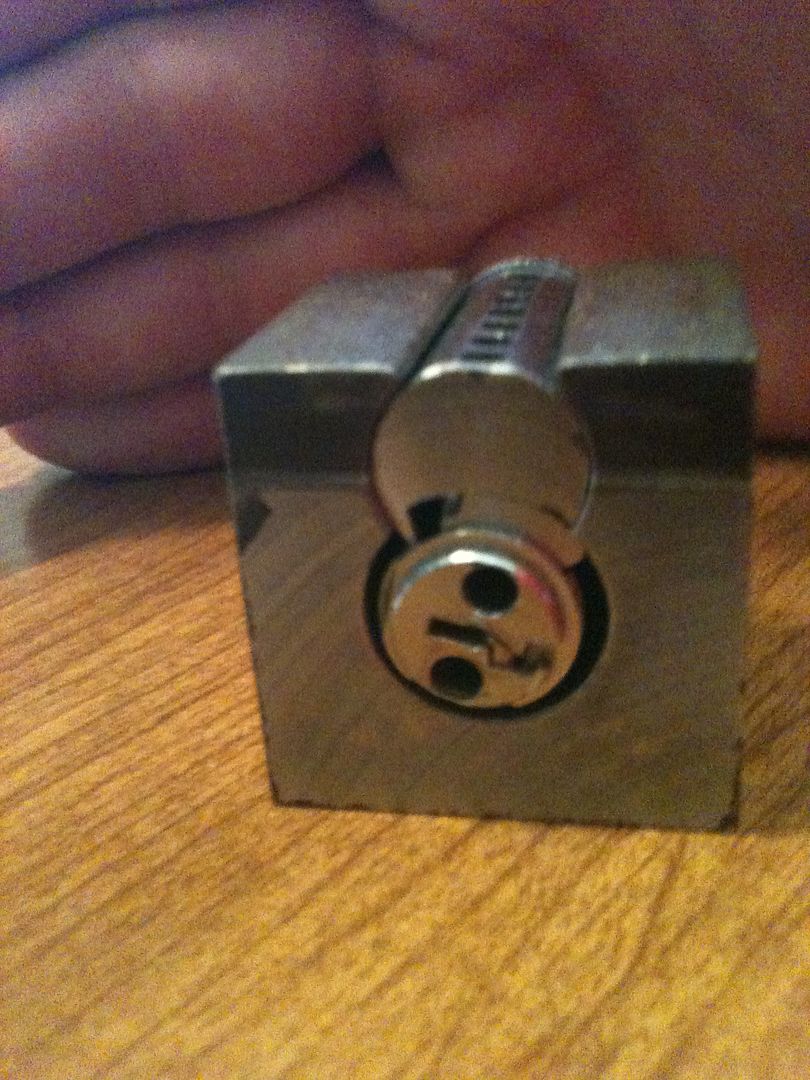
OK, we know the keys will work in the lock. So now put the core into the capping block with the top of the core at the top like this:
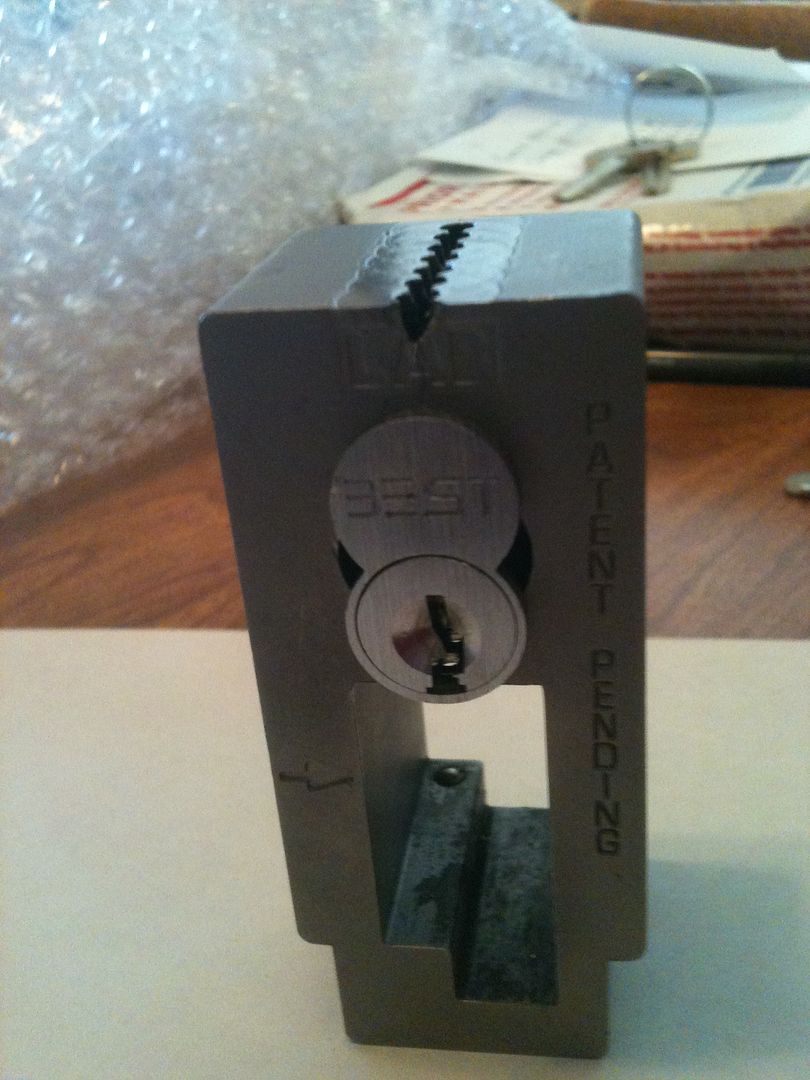
Load the springs into each pin channel
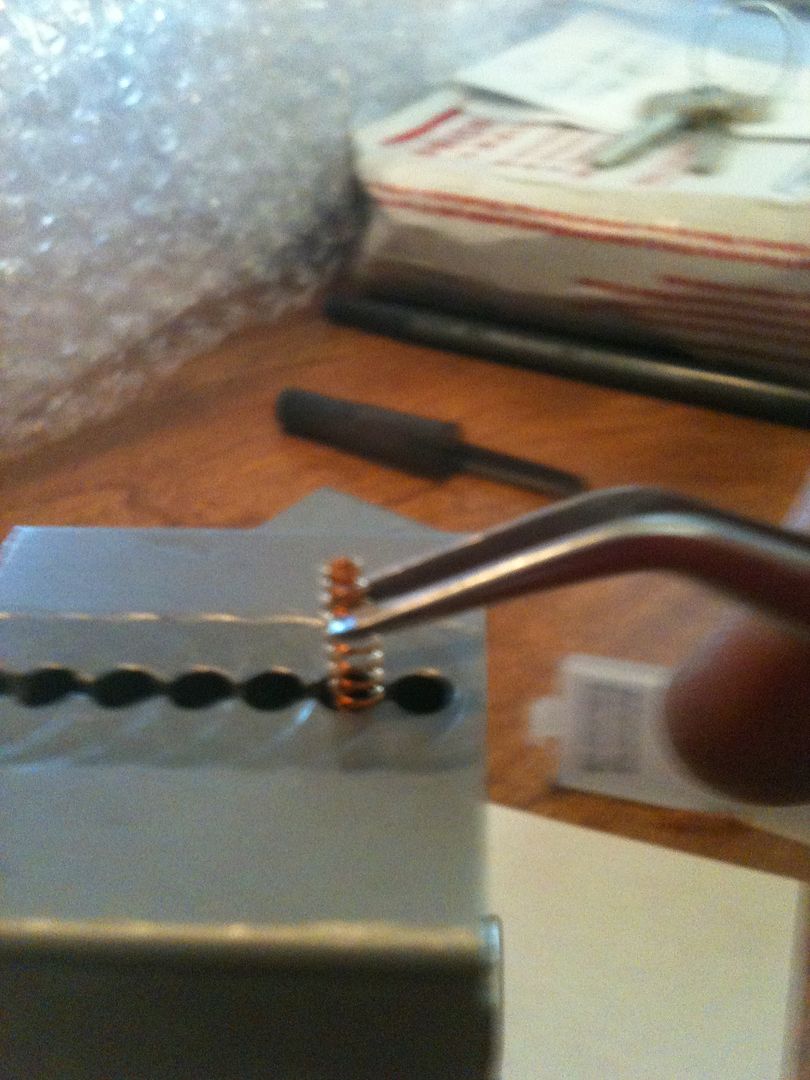
And one cap in each channel:
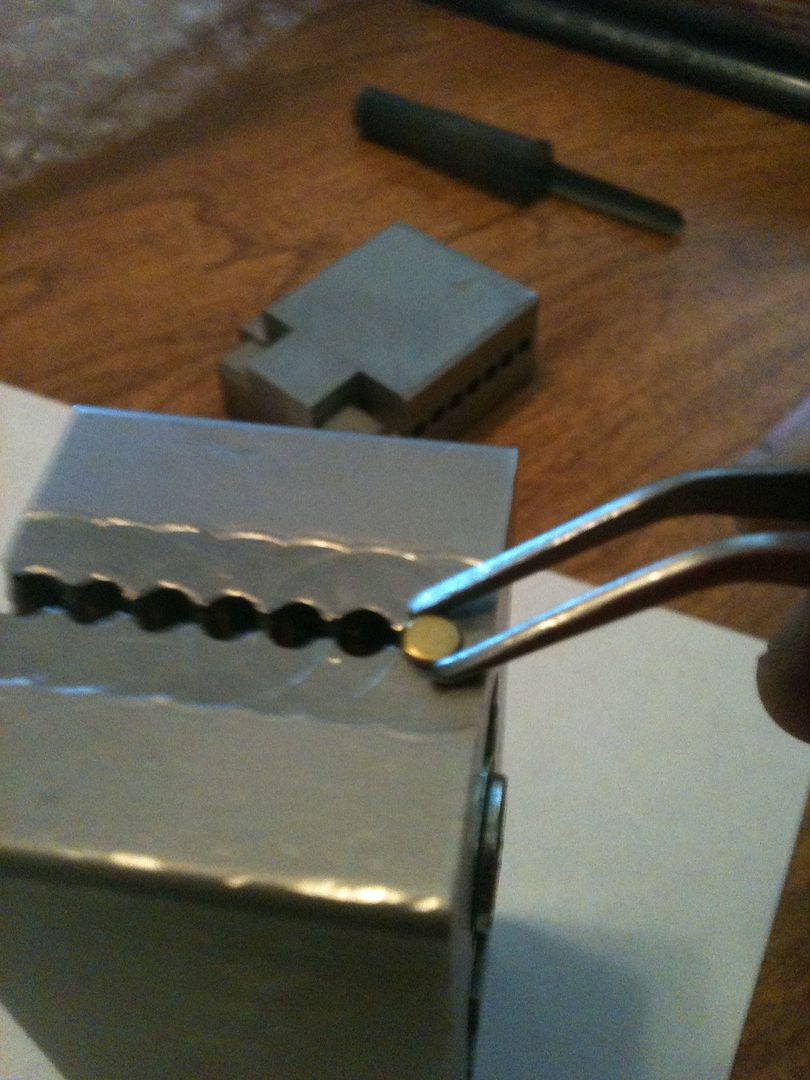
Verify each pin channel has a cap in place by looking in from the top of the capping block:

This is a capping tool. It is used to seat the caps in the top of the pin channels.
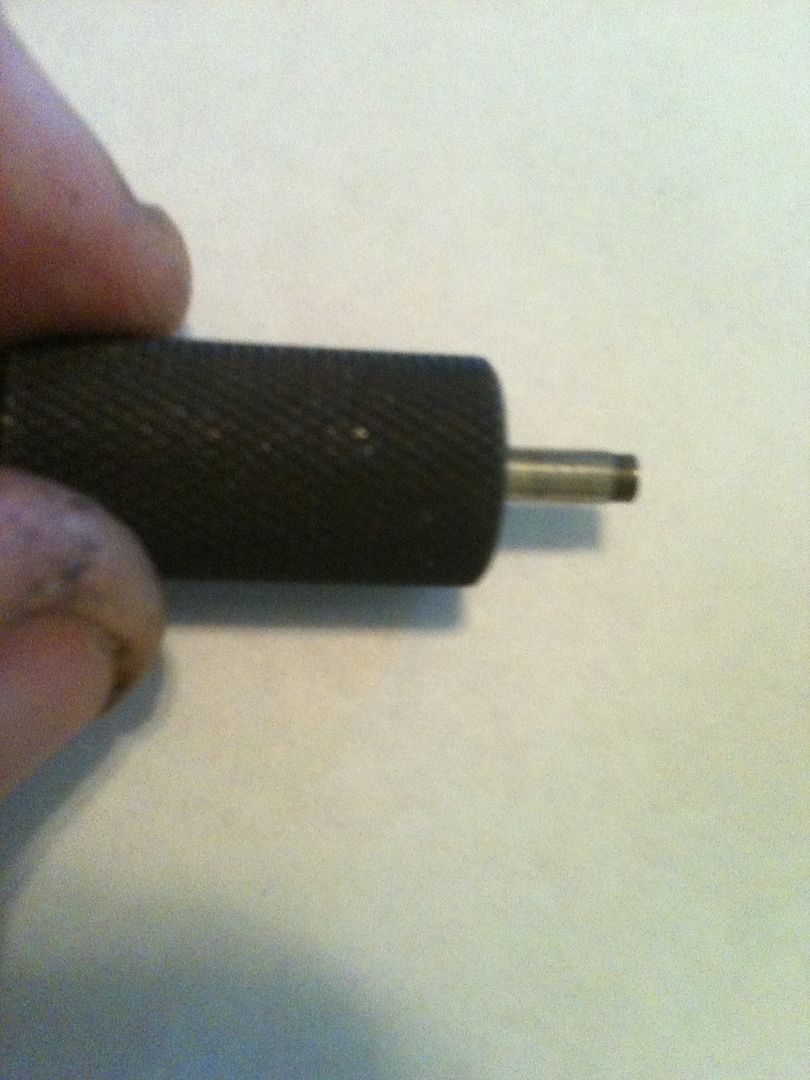
Place it into each pin channel like this:
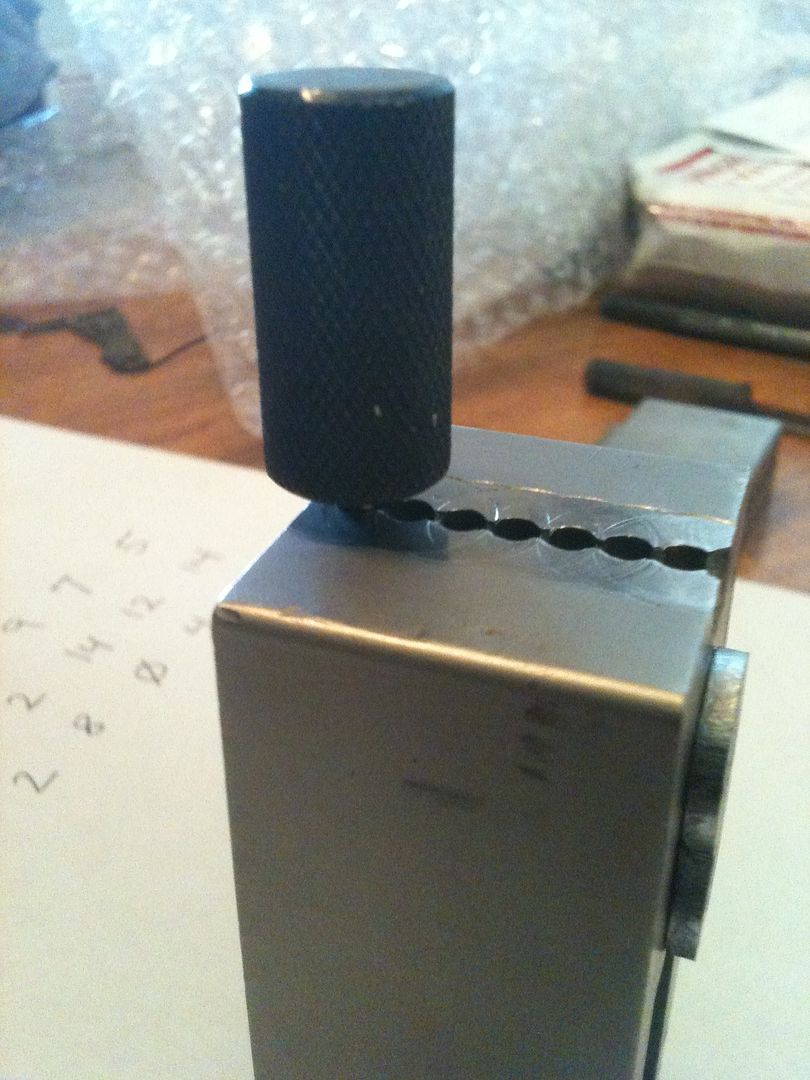
Now give a sharp rap with a rawhide or plastic hammer to seat the caps.
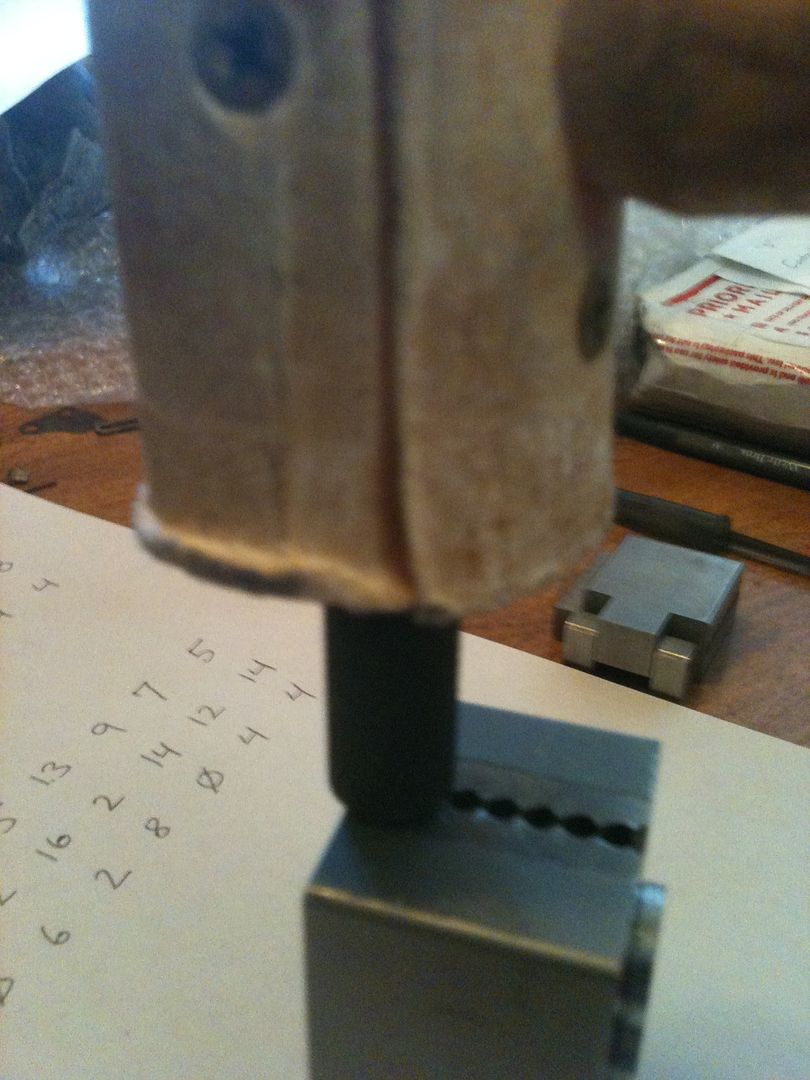
before seating:
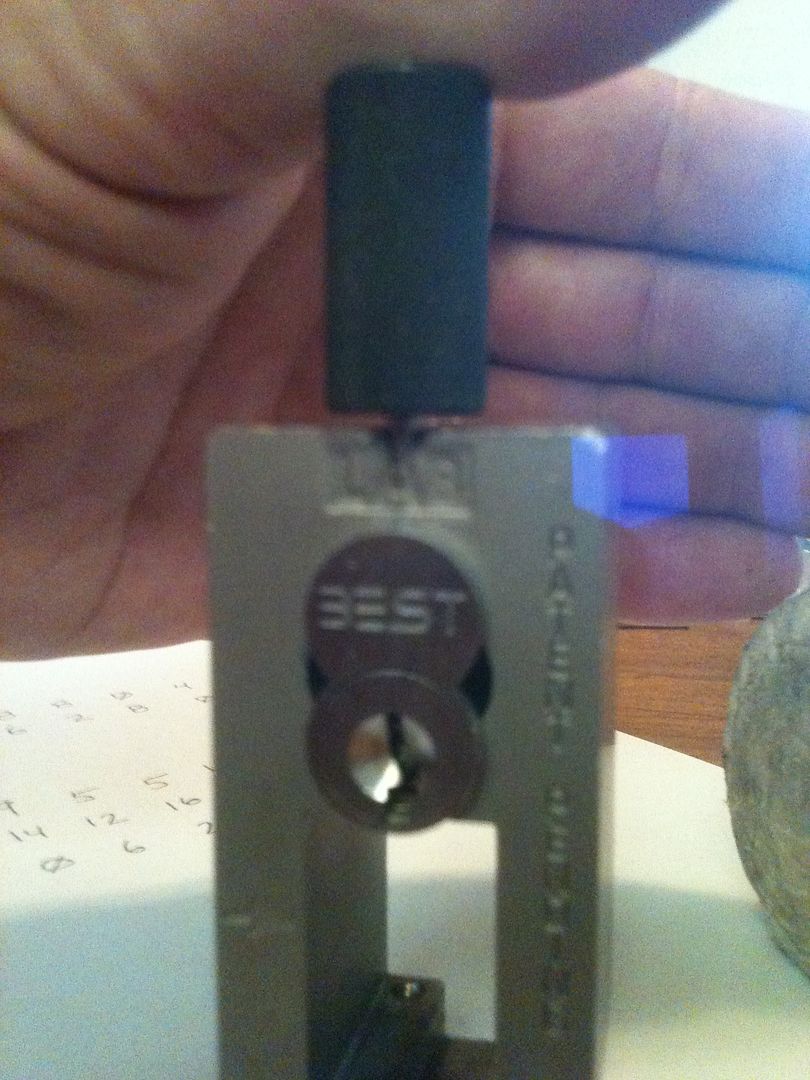
after seating:
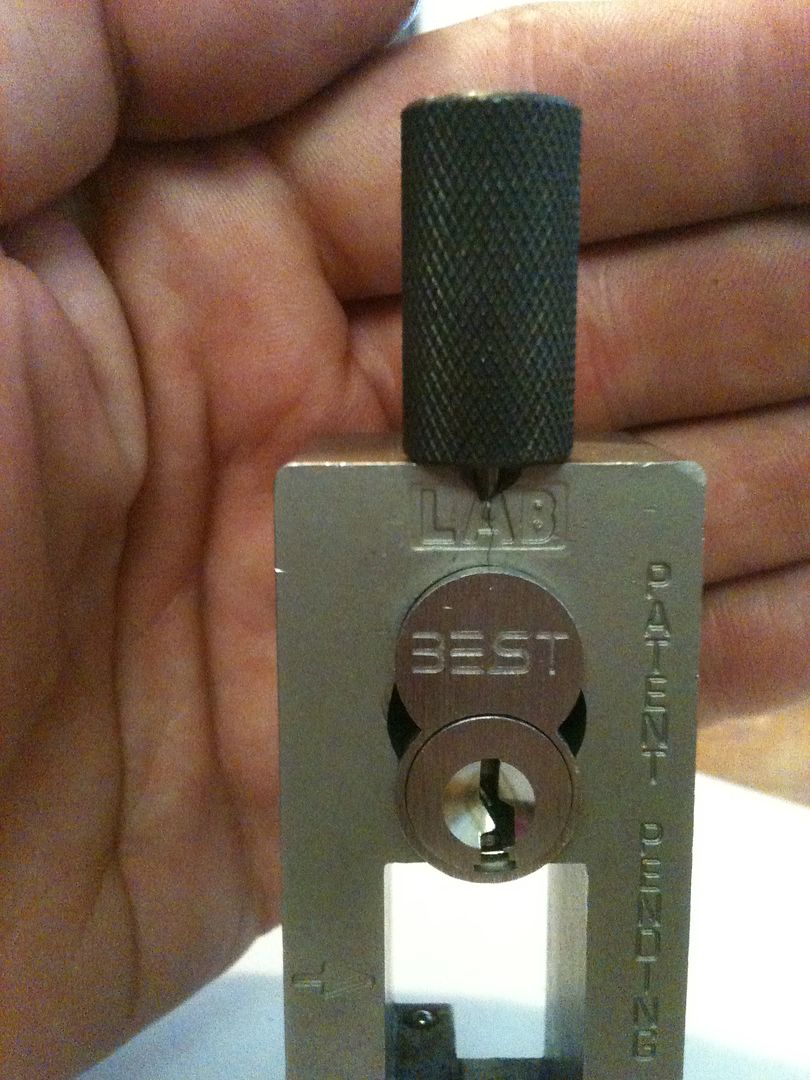
The capped core:
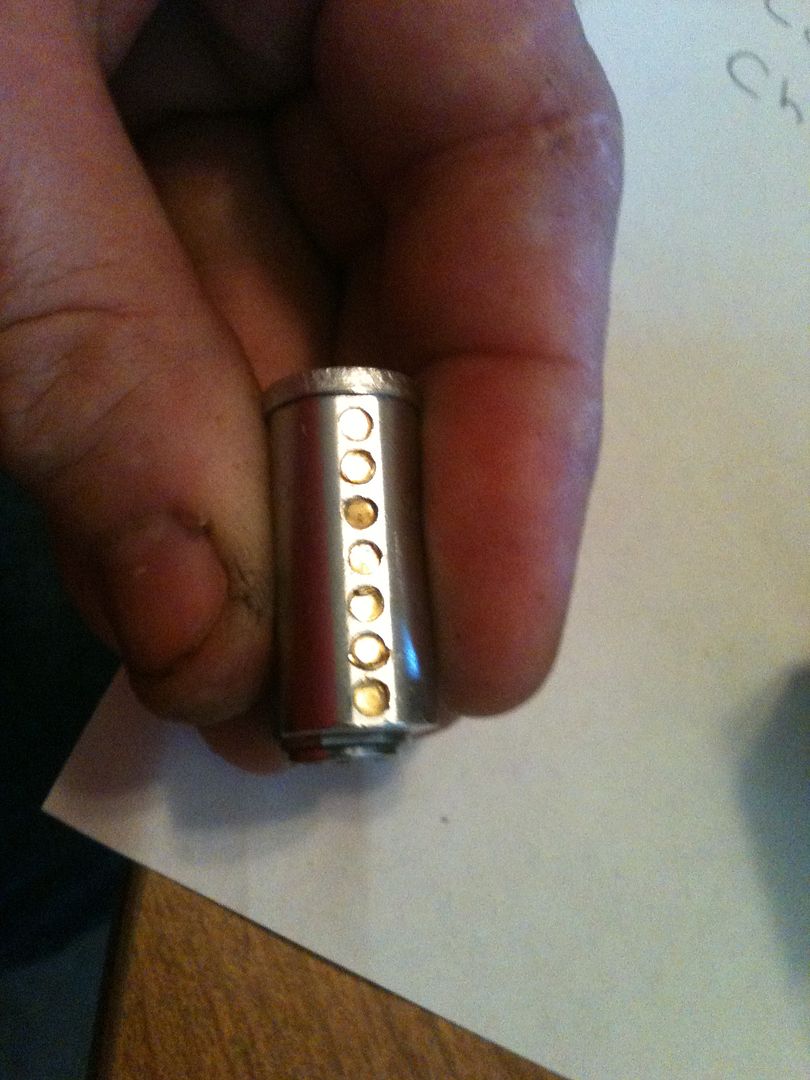
Change key works:
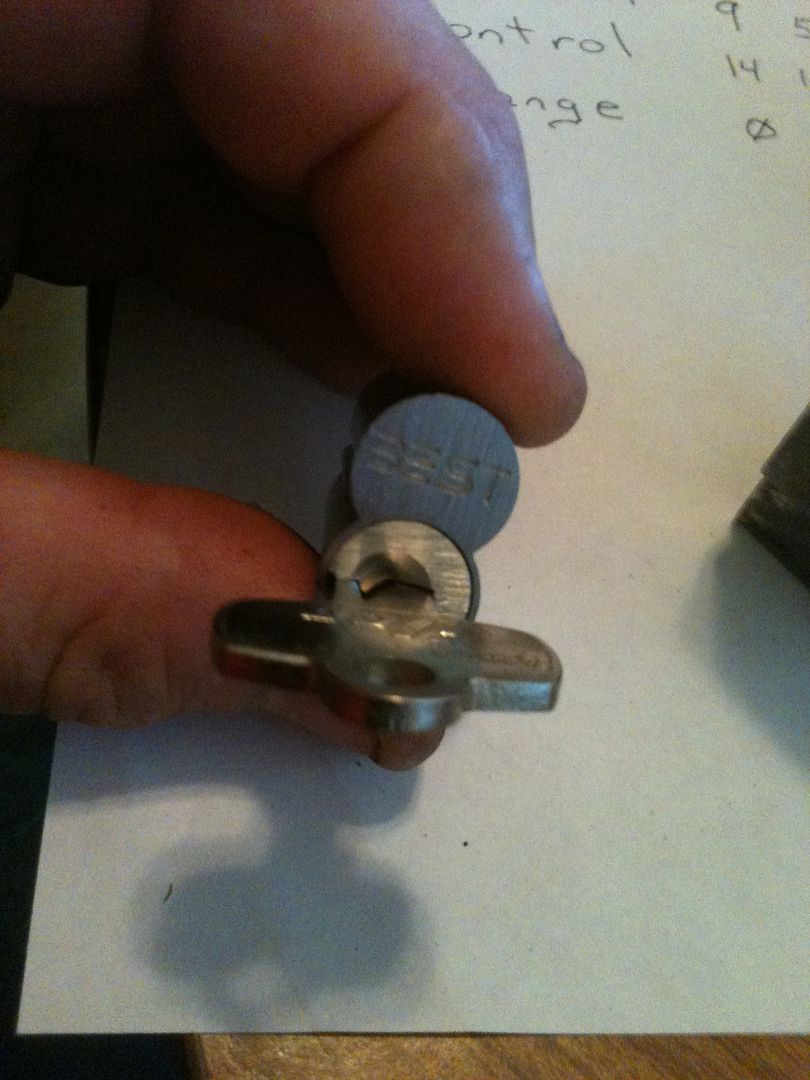
Control key works:
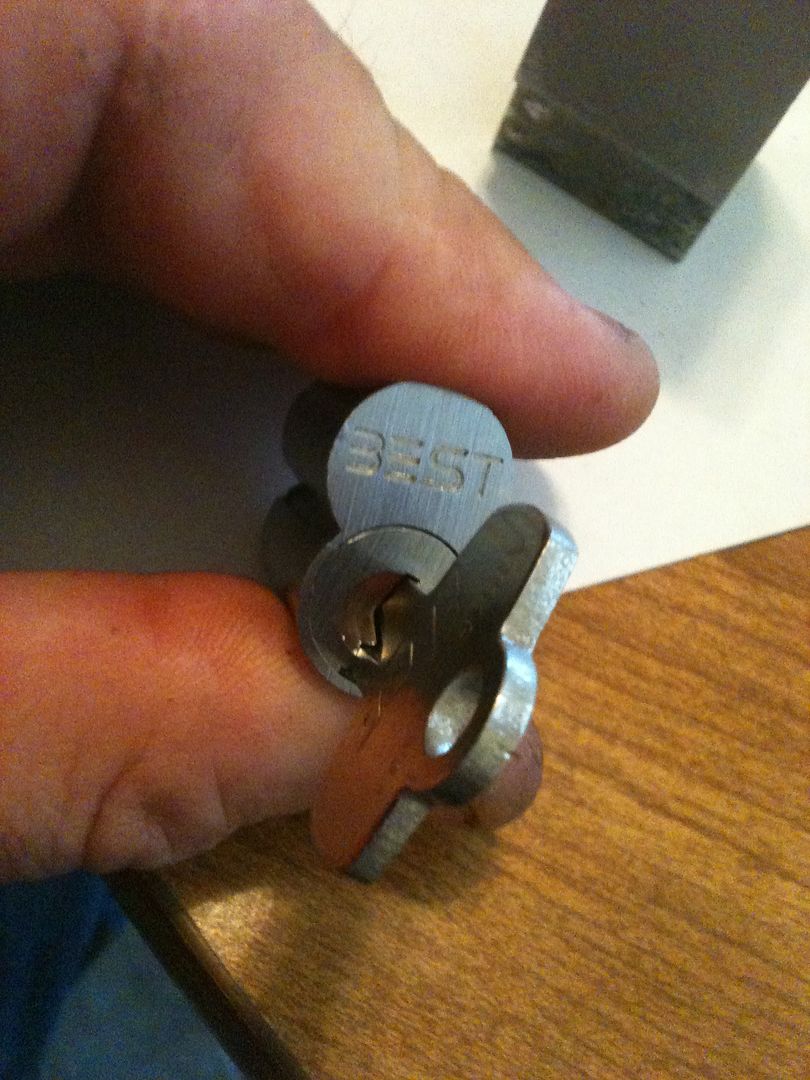
Here is an American 3200 padlock which will be the home for this ‘R’ keyway core:
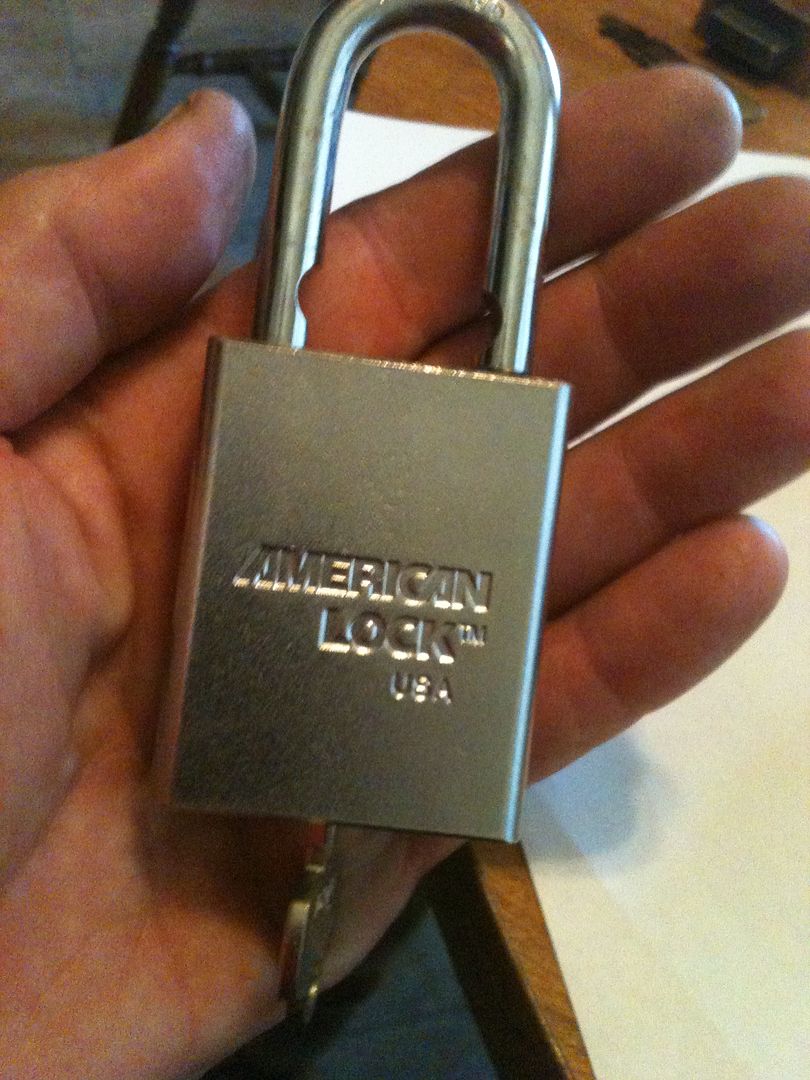
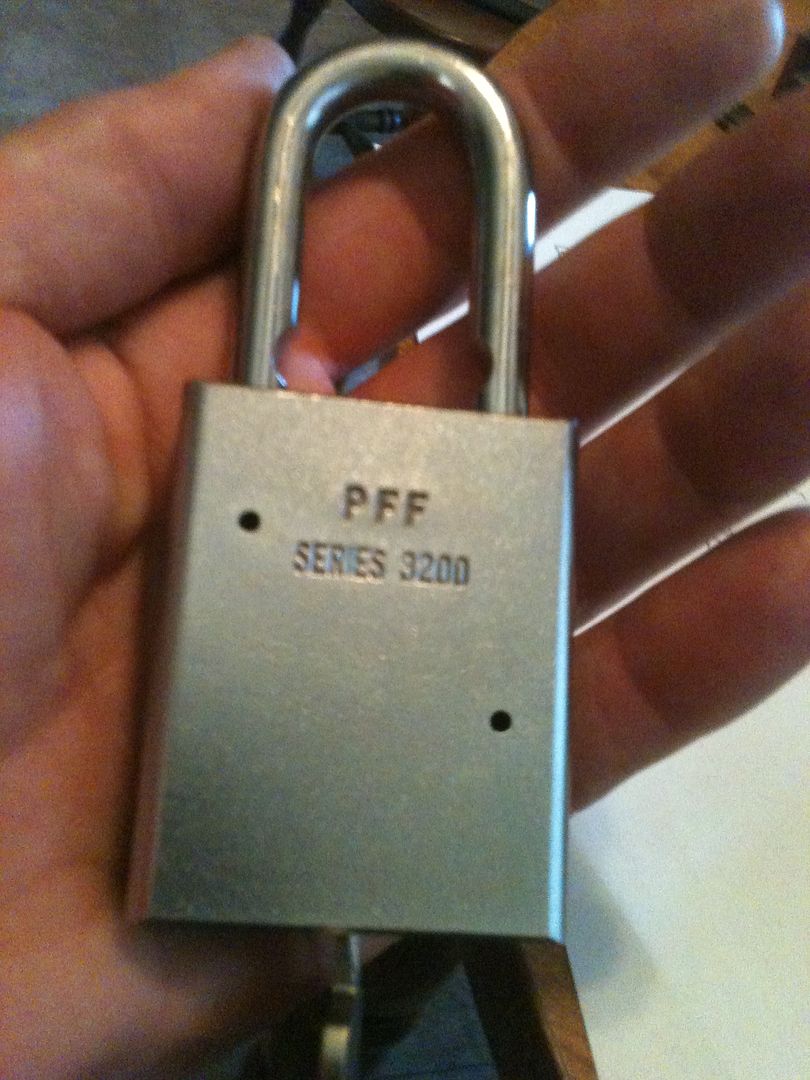
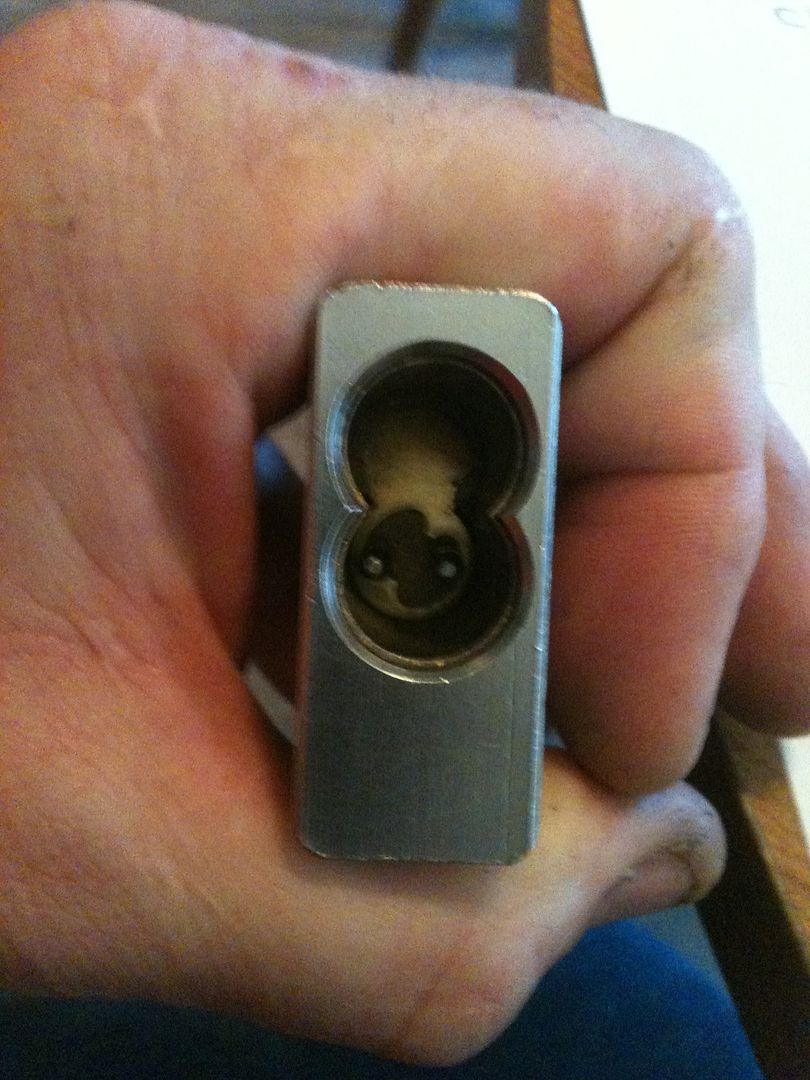
Using the control key to install (or remove) the core:
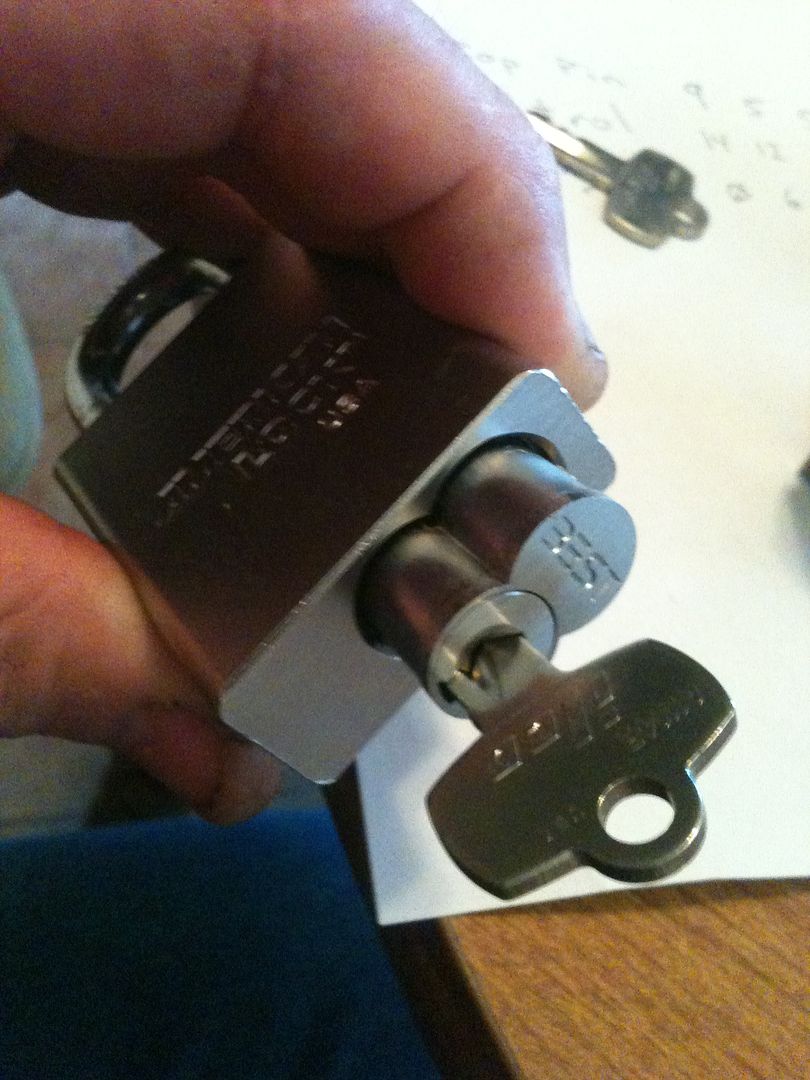
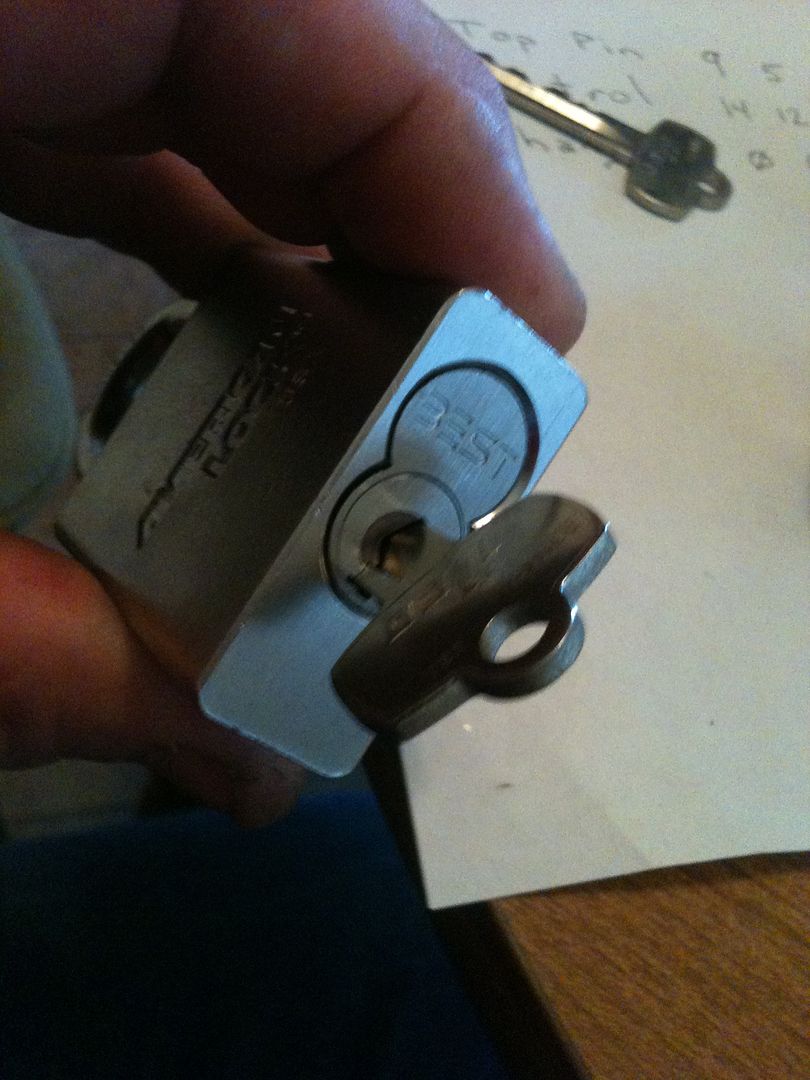
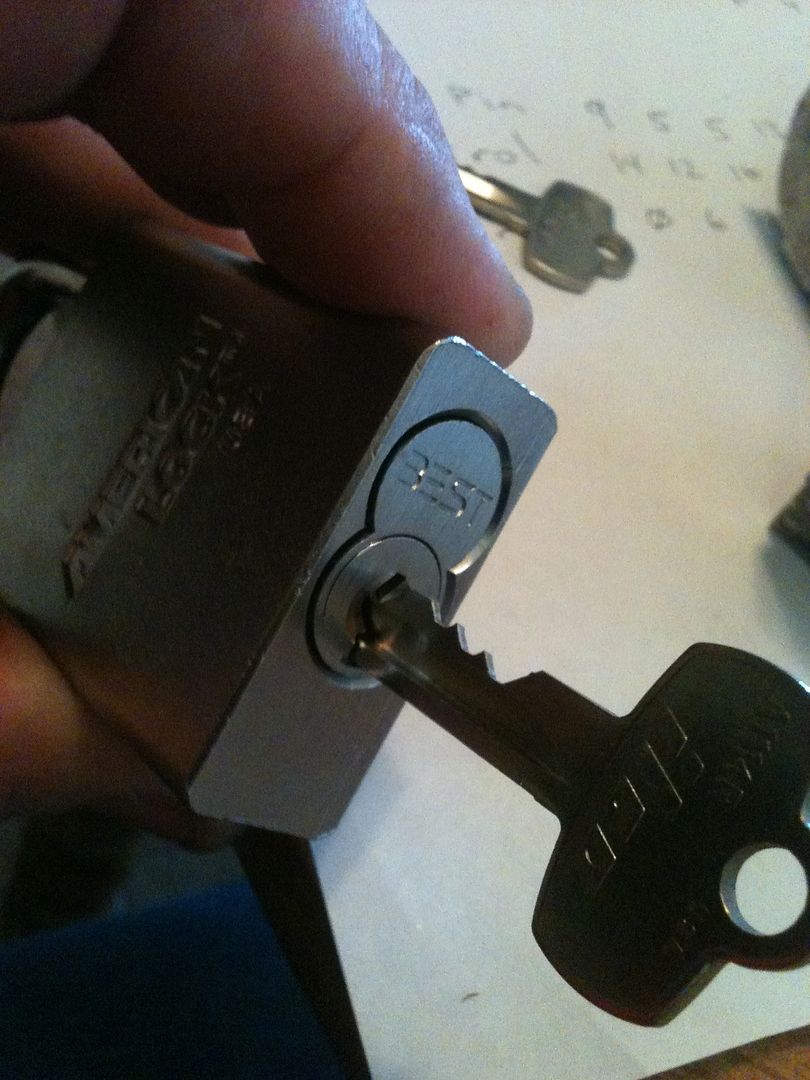
And the change key works!
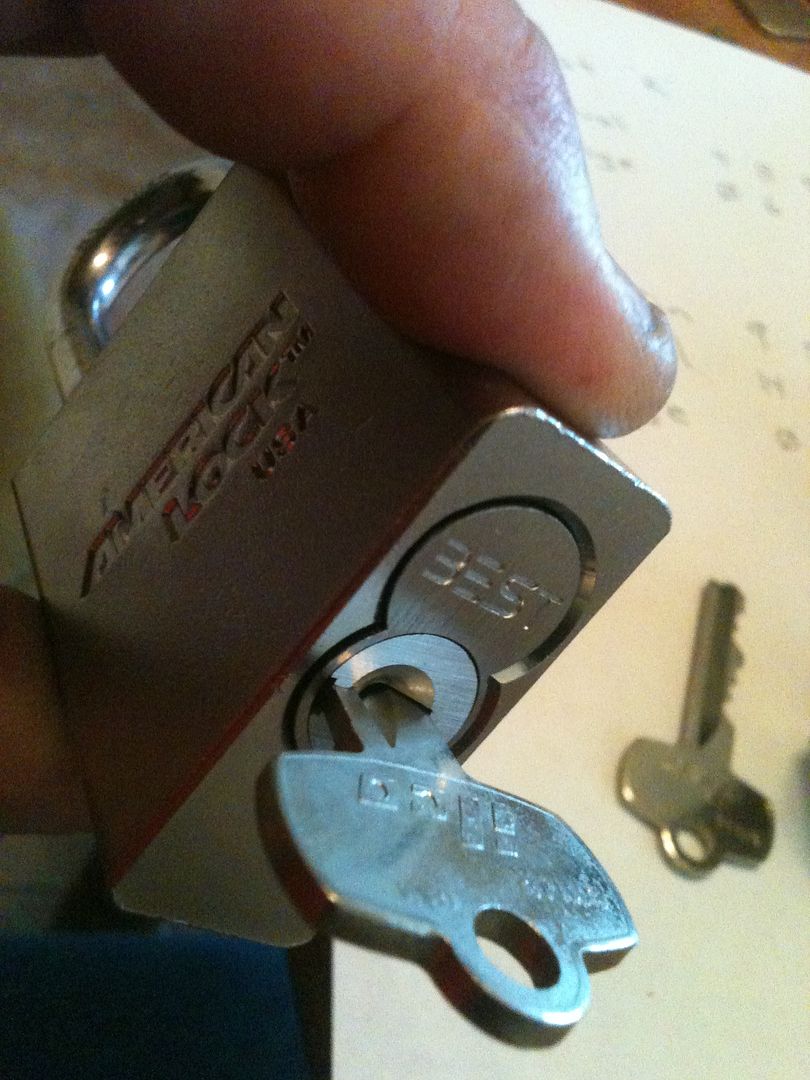
The tools used:

Now as a quick add-on, here is one of two ‘WY’ cores that I received.
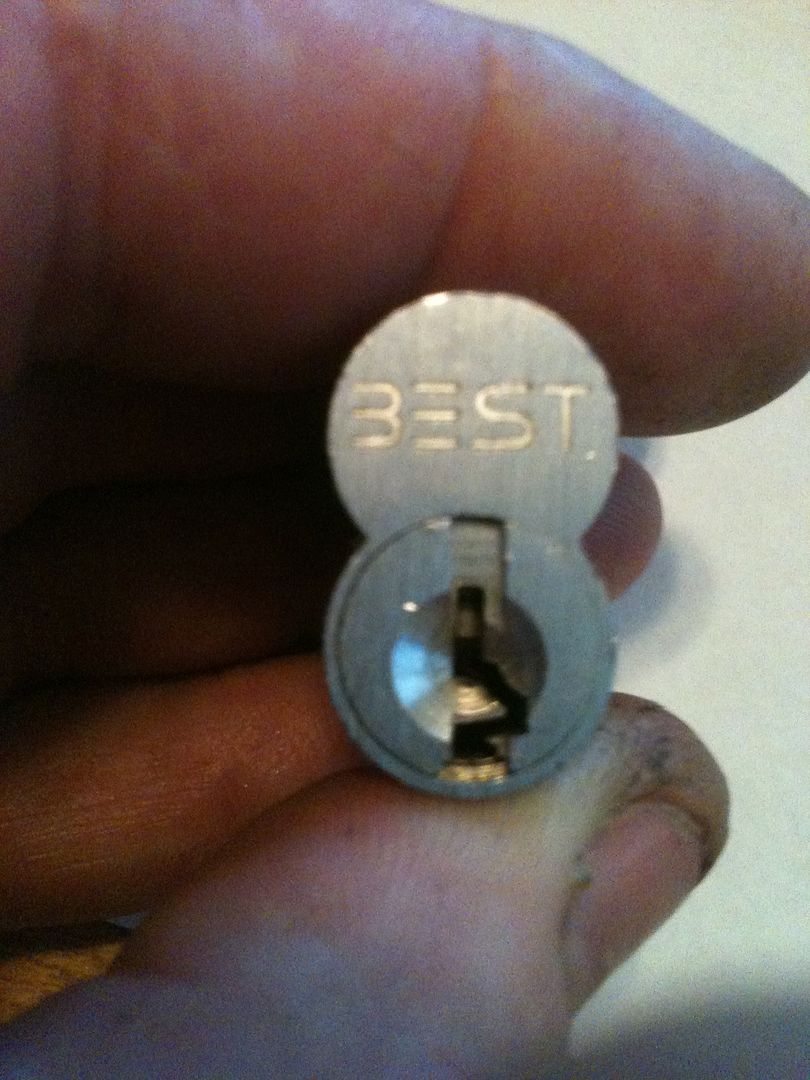
No keys came with the cores, so here is how you can take these cores apart and find the bittings.
Needed tools:

This is the ‘book’ that the pins will be punched out of the core into for decoding.

The top of the SFIC cores have the caps, and larger holes.
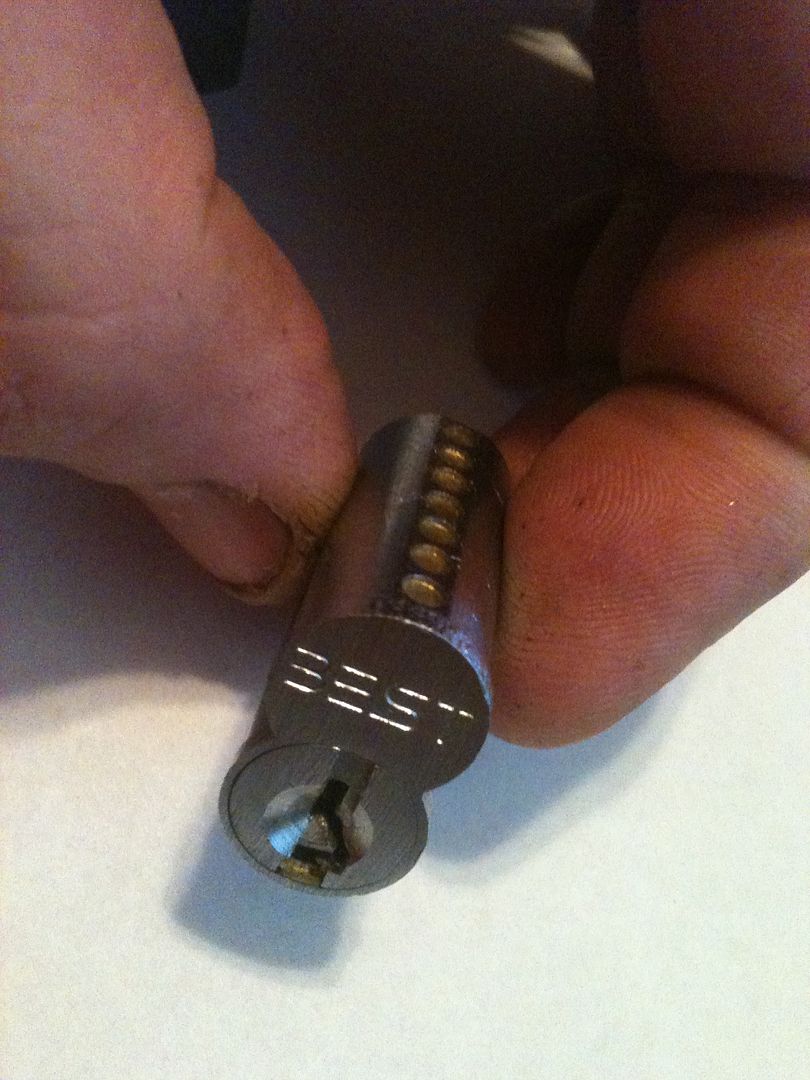
The bottom of the core has smaller holes. The tool enters here and forces the pins, springs, and caps out the top of the core.
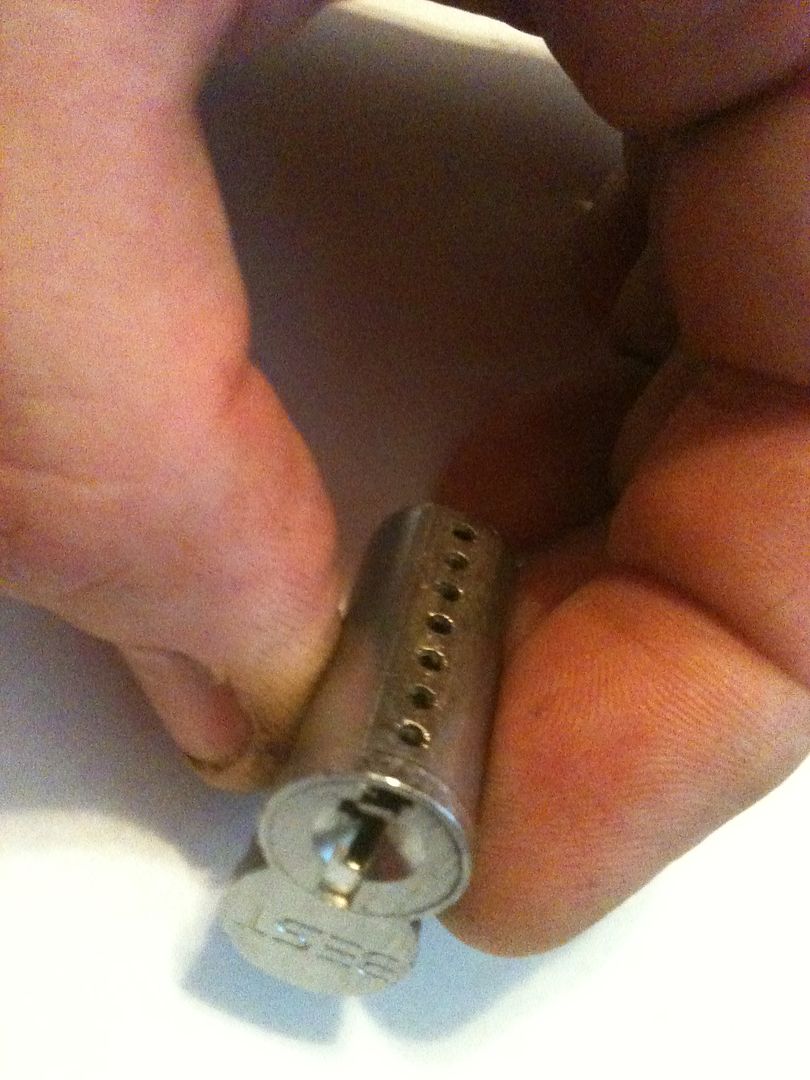
Load the book into the capping block
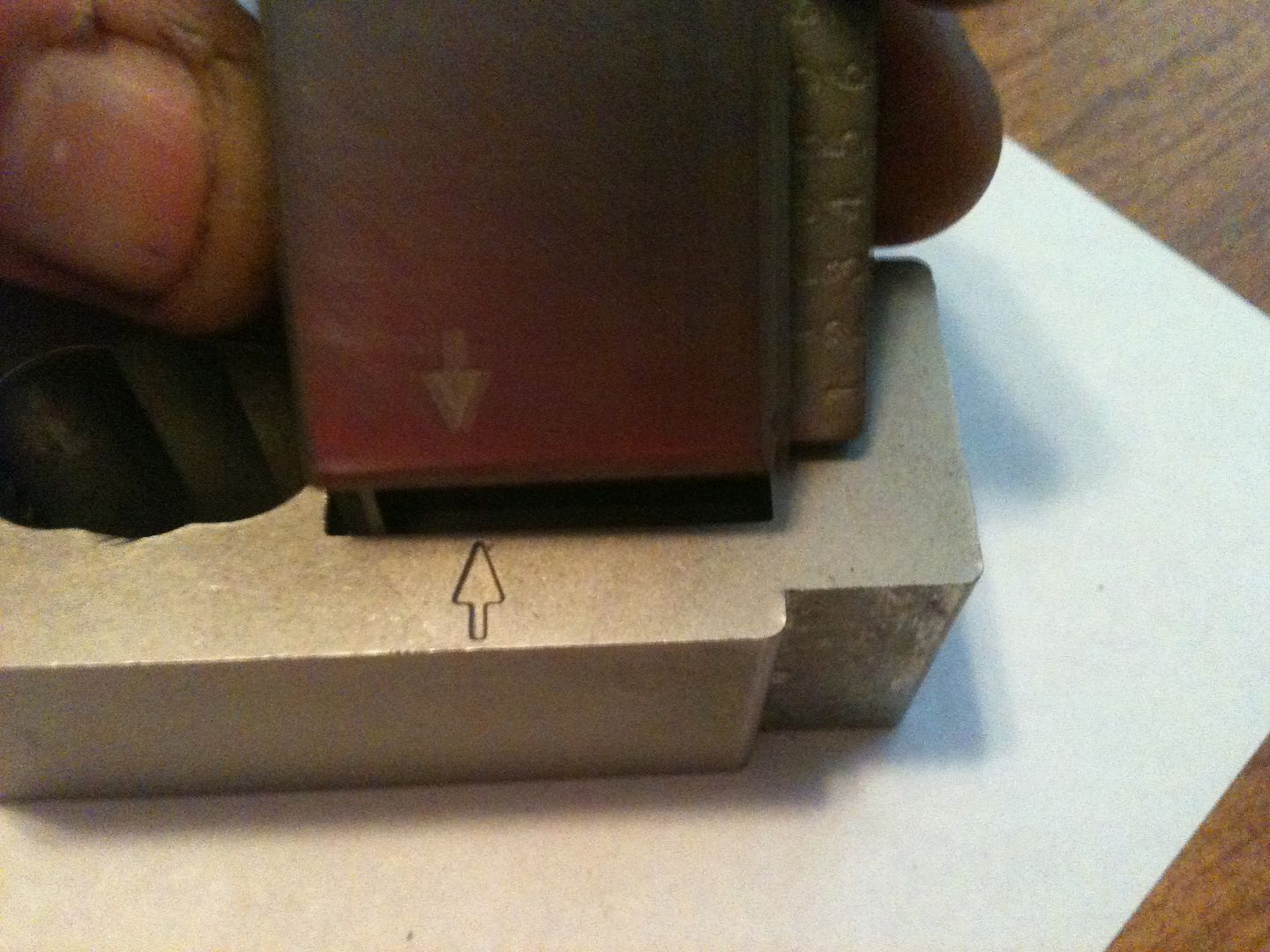
until it seats flush.
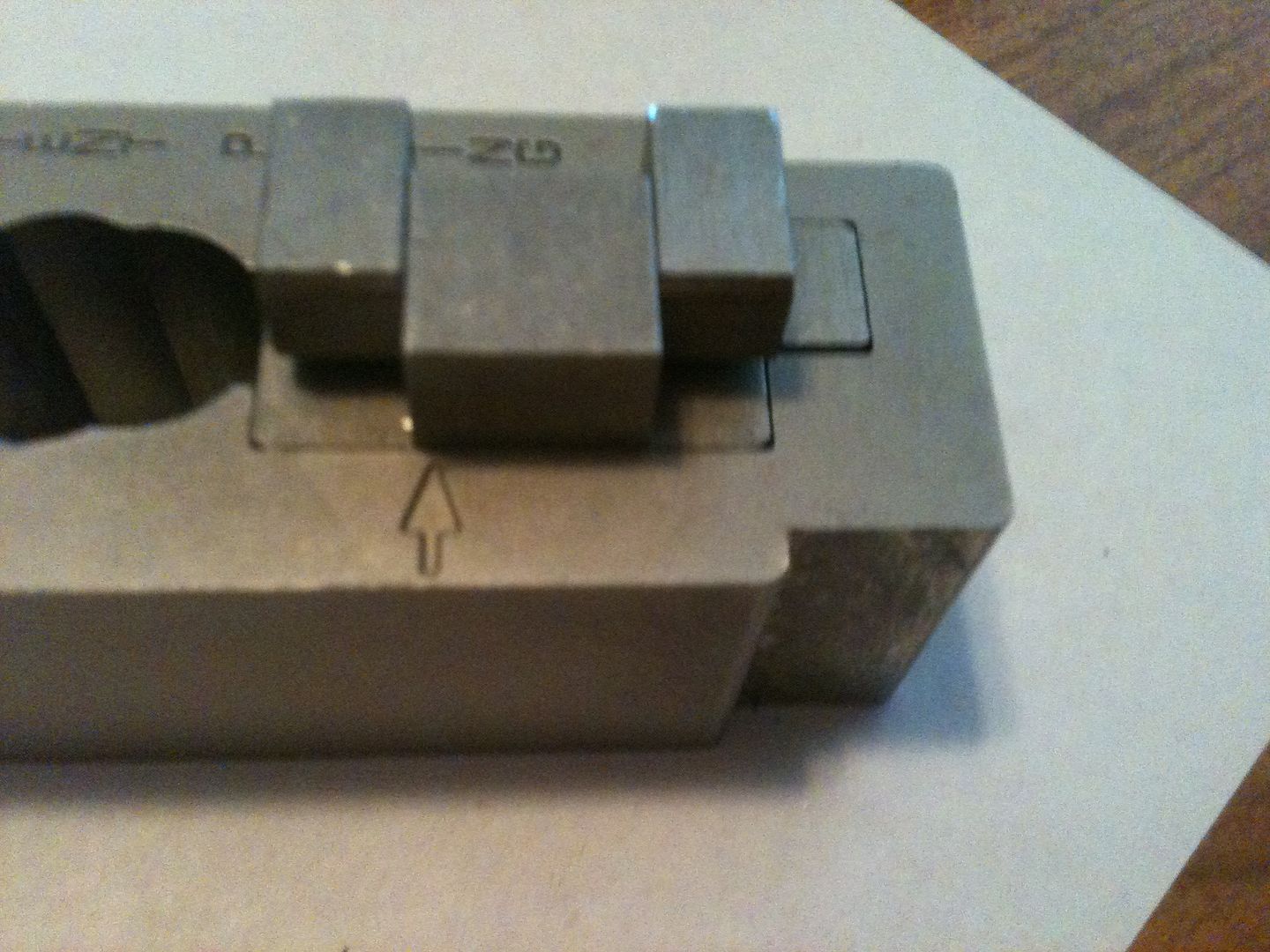
Put the core to be decoded in the capping block upside down
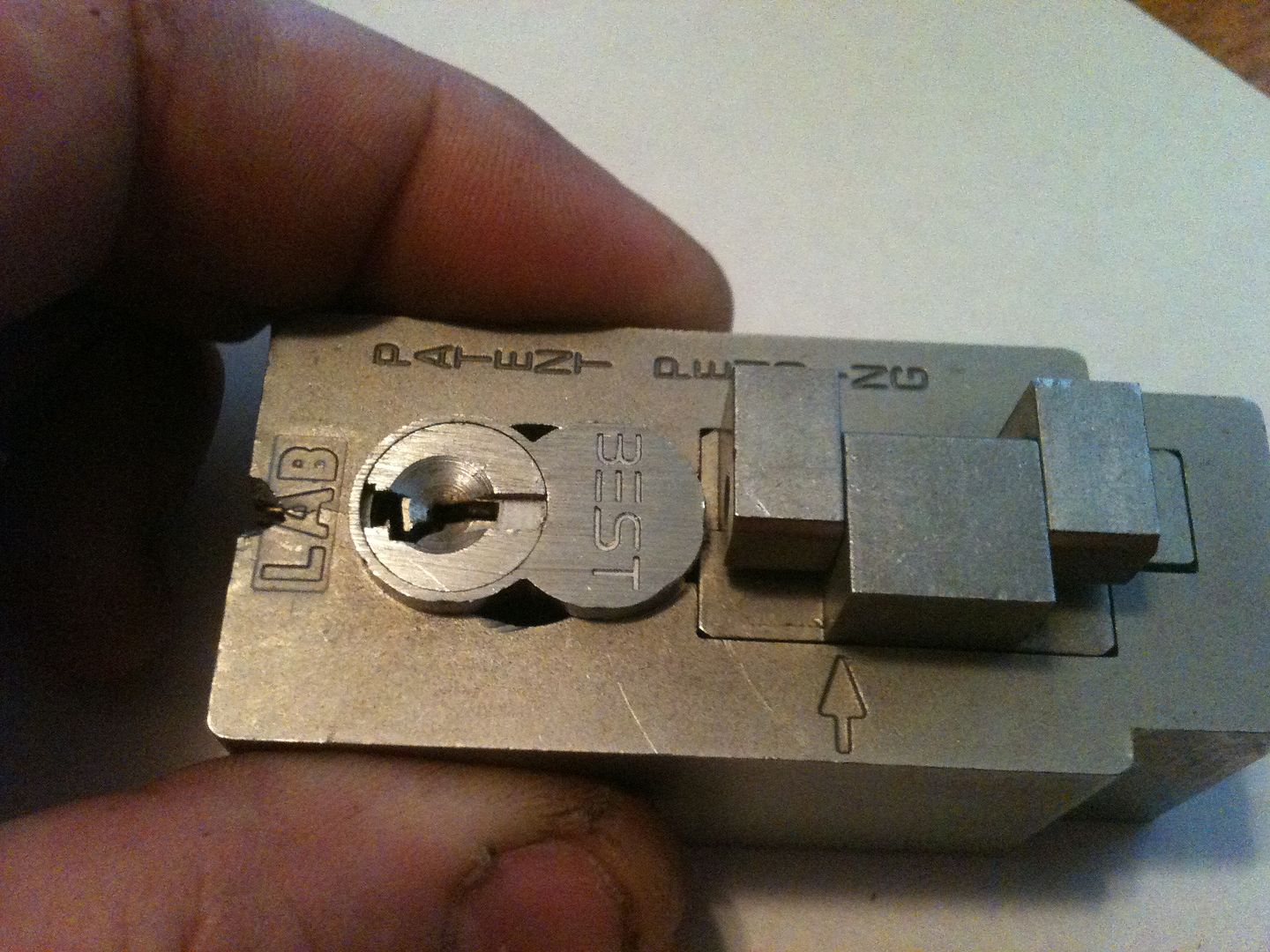
Place the long tool into the pin channel.
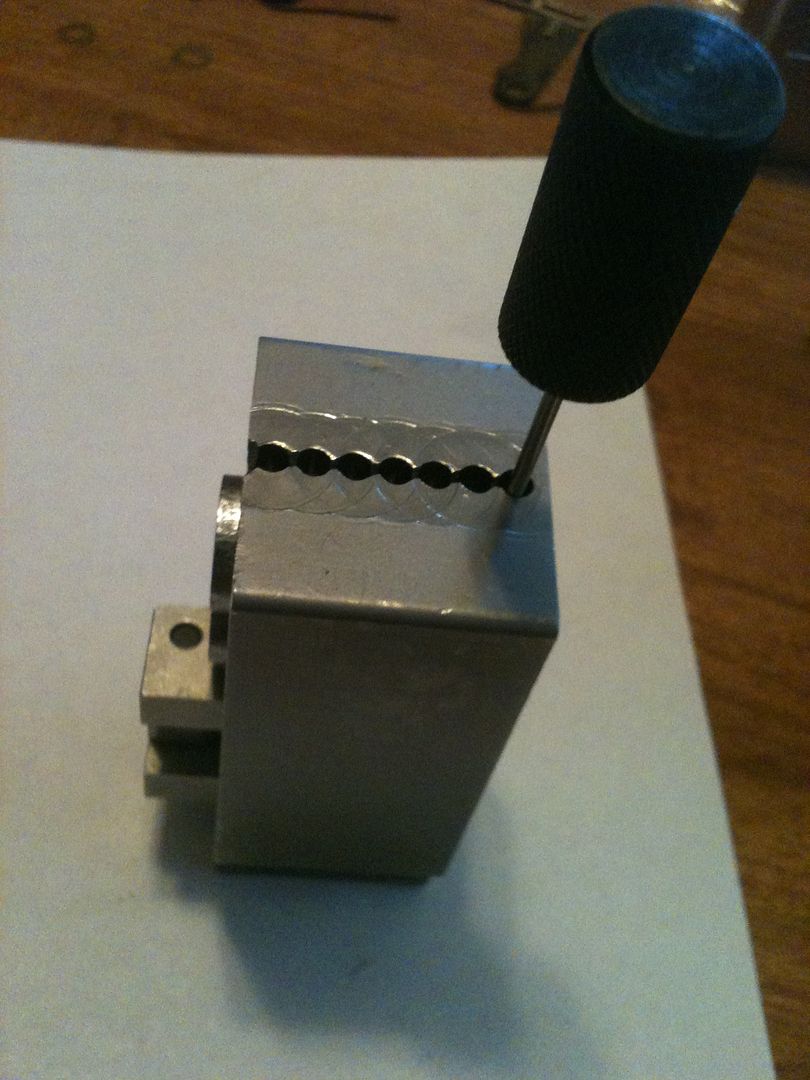
and tap it with a rawhide or plastic hammer. Very light force is needed. No need to act like you are hammering a nail into hard wood.
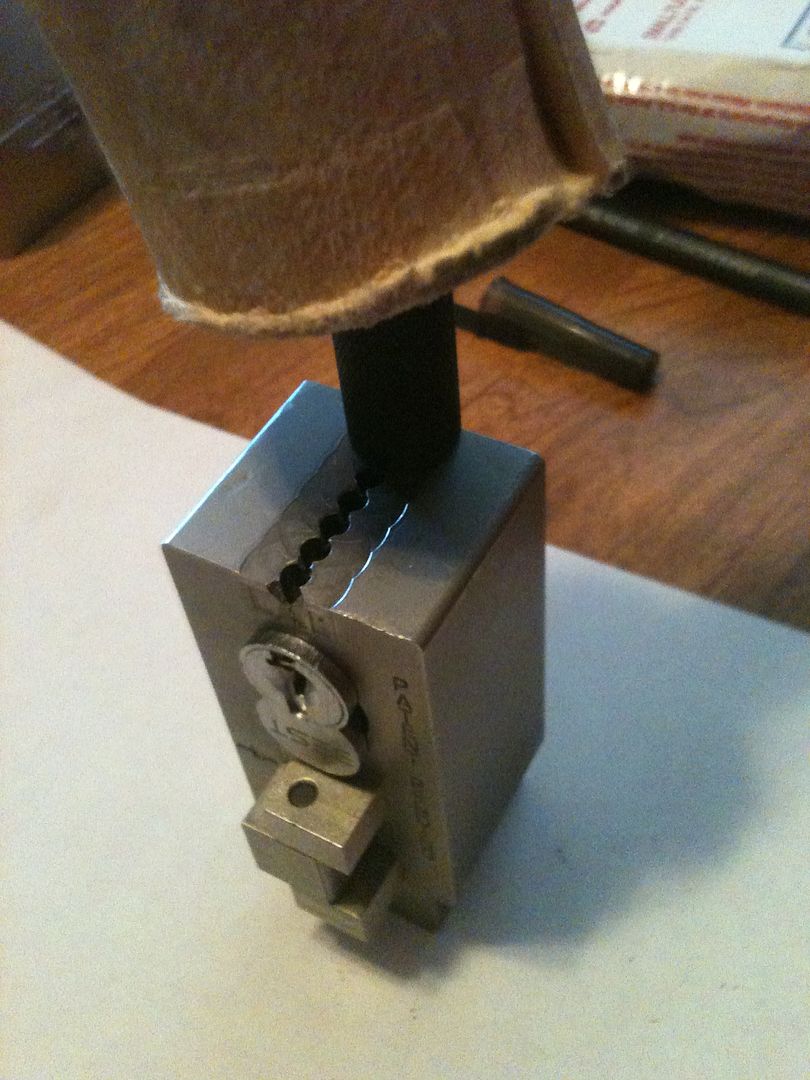
Once you have done that in all the pin chambers, you can remove the core.
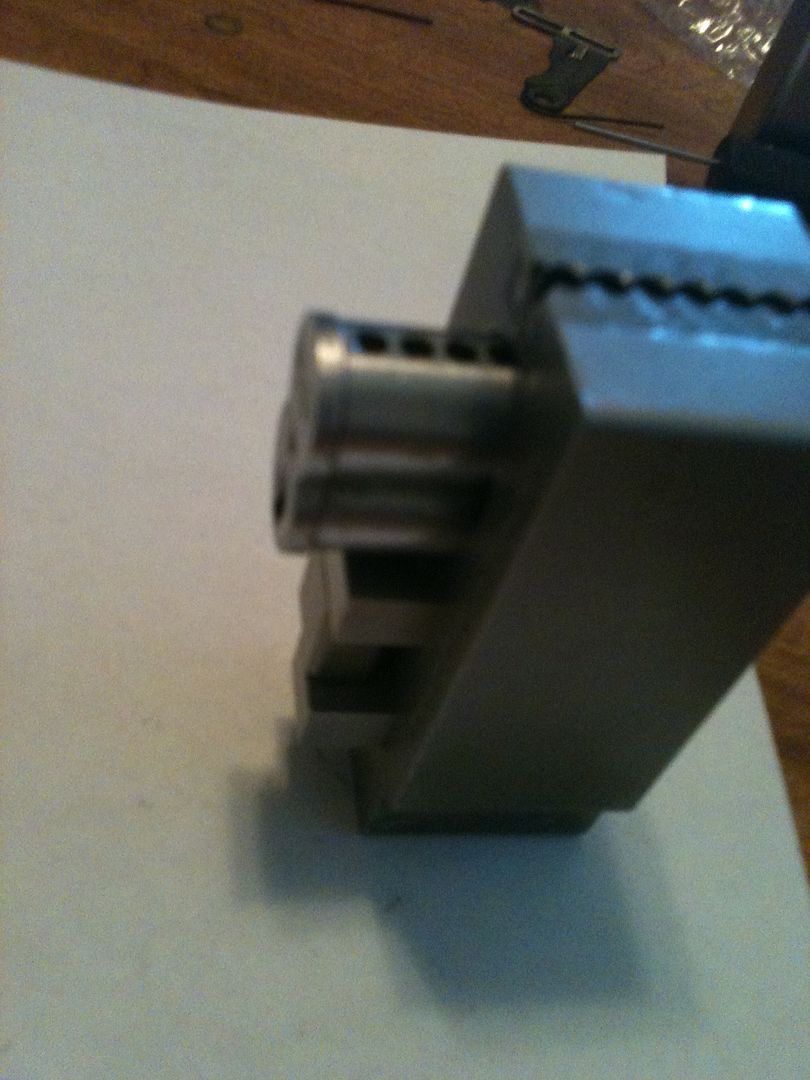
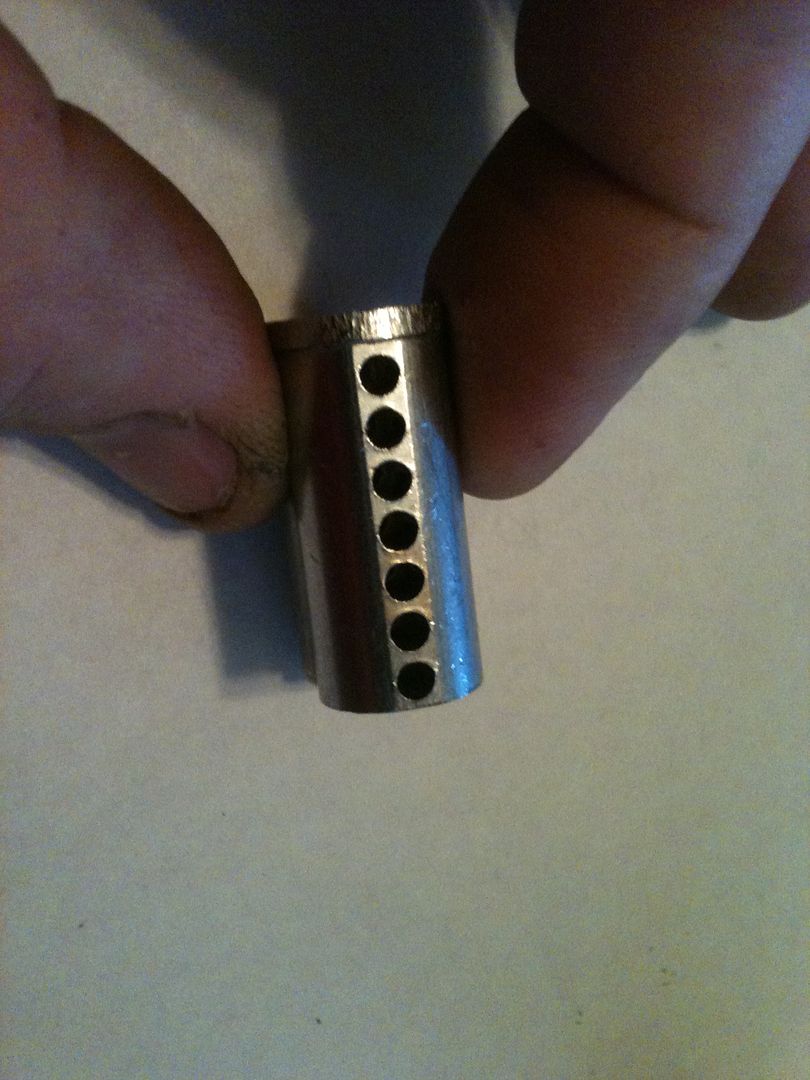
And remove the book. Note: Keep the book with the open side of the pin channels up, or the pins, springs and caps will fall out. Yes, I had to learn this the hard way.

Open the book, and see all the pins, springs and caps. Each pin channel is organized and labelled - so easy!
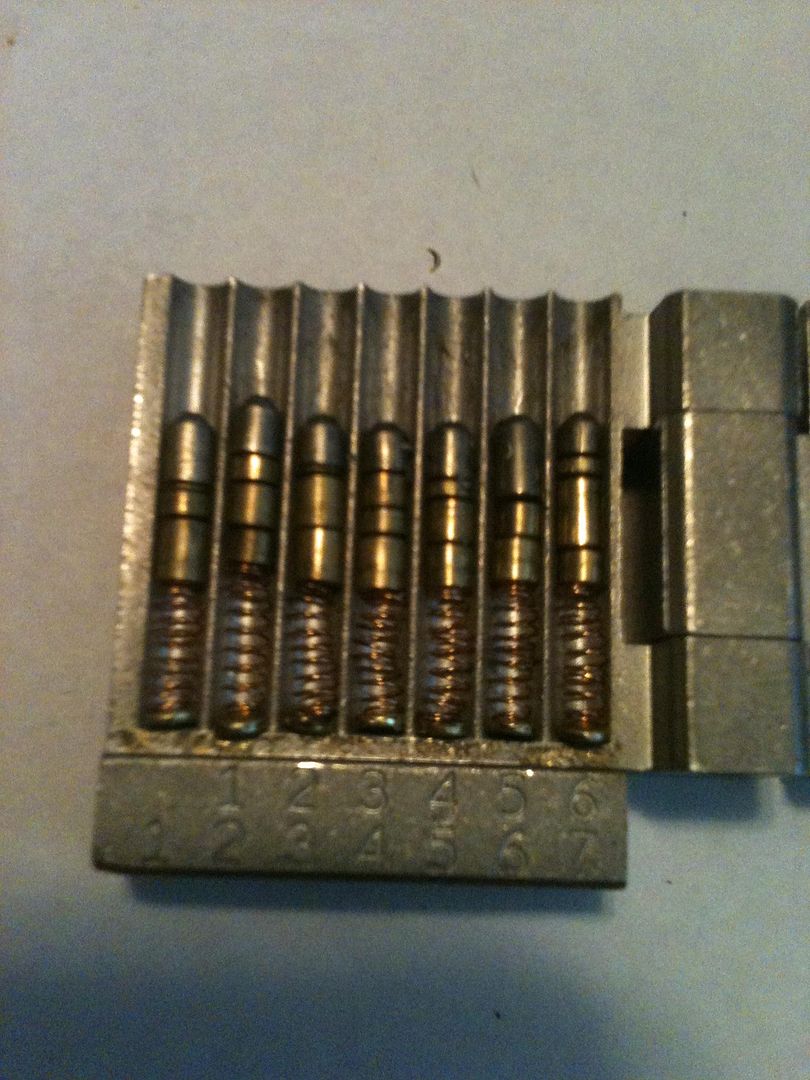
Note how the pin stacks are identical length (combined). This is called ‘balanced stacks’, and is rather important for SFIC locks.
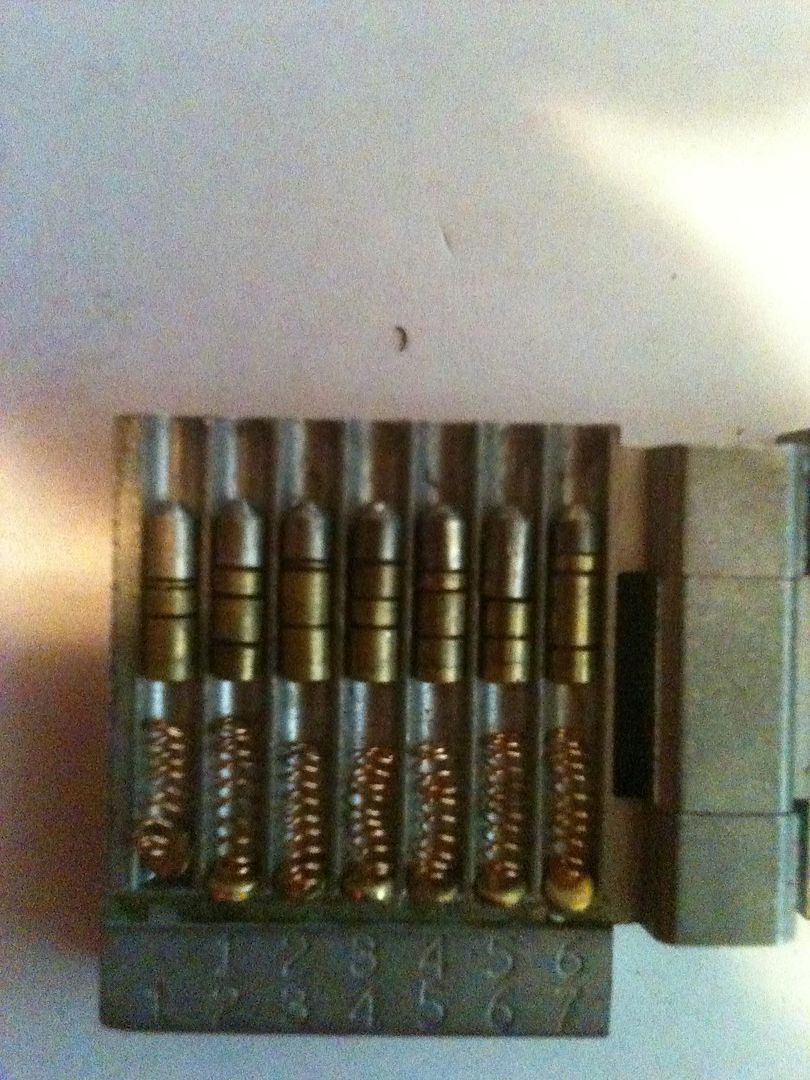
Again, the bittings are numbered from the tip of the key, not the bow.
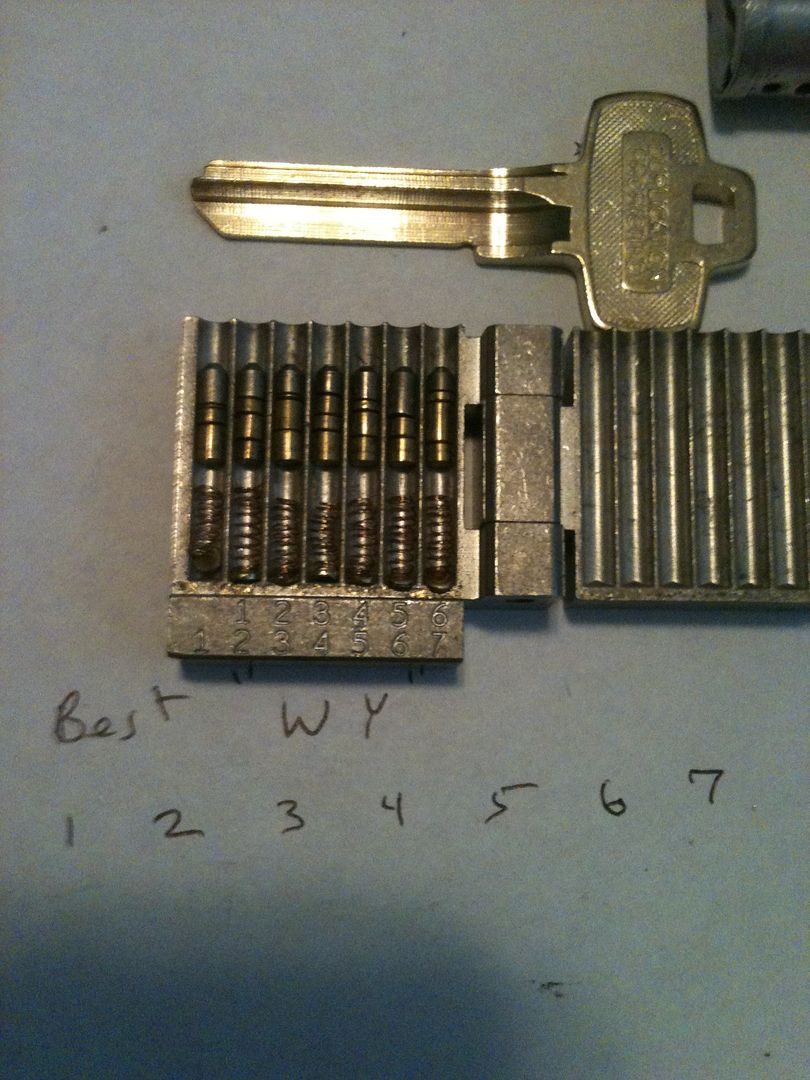
Measured the pins and decoded the control key as 2733557. The key pins would work out to a bottom level change key of 5421370, and six of the seven pin channels have master pins. If my calculations are correct, that would give 64 possible change key permutations that would fit this lock core, plus the control key.
OK, that should be enough misinformation for now!
Questions? Comments? Corrections? Please post them, so we can all learn.
Gordon






